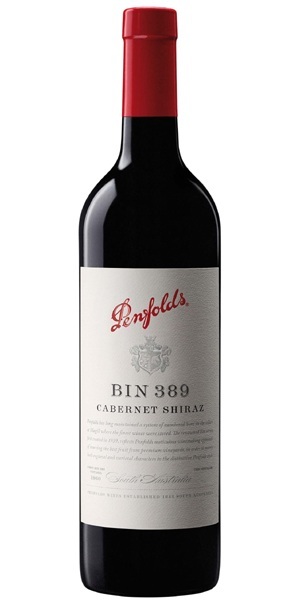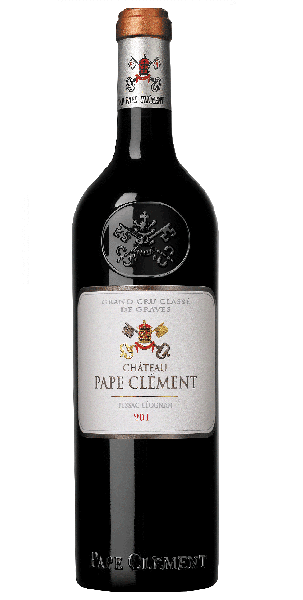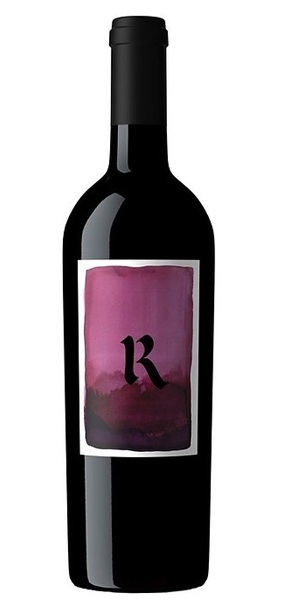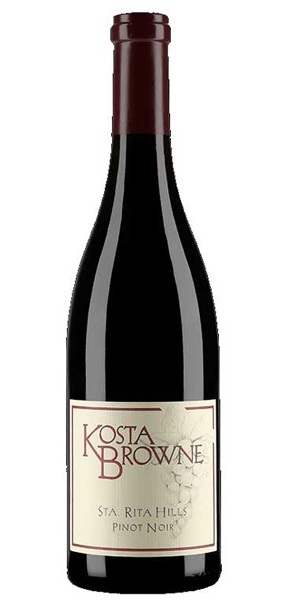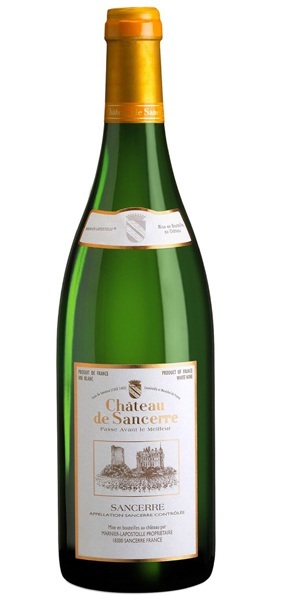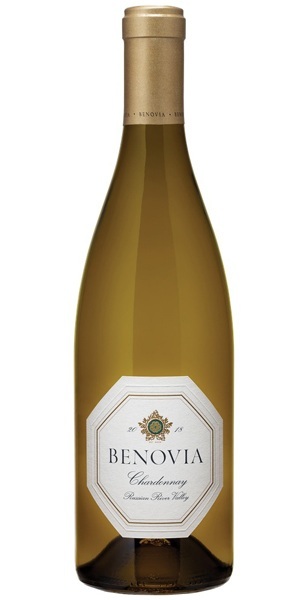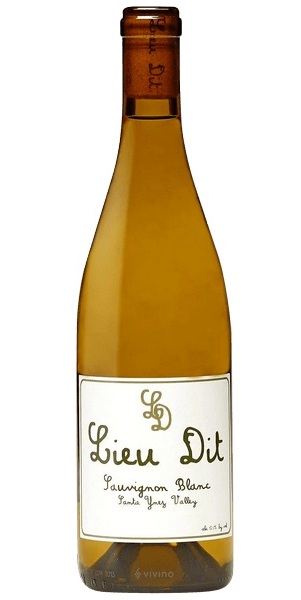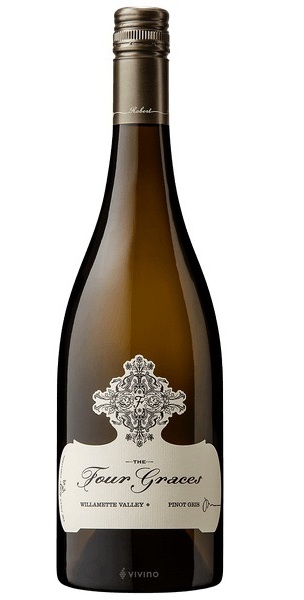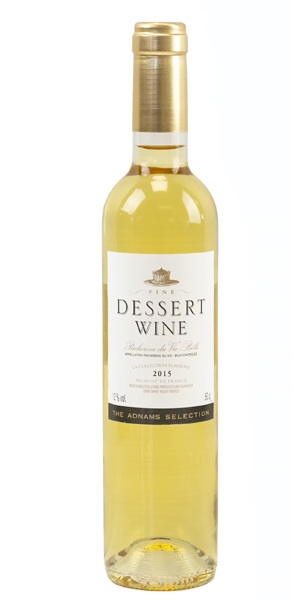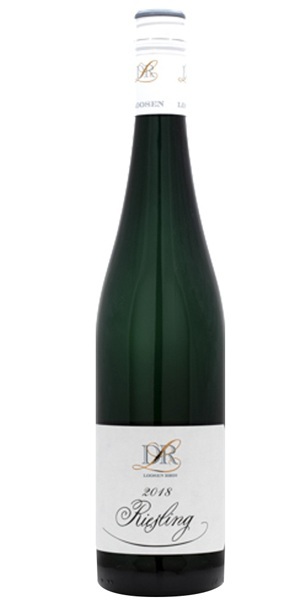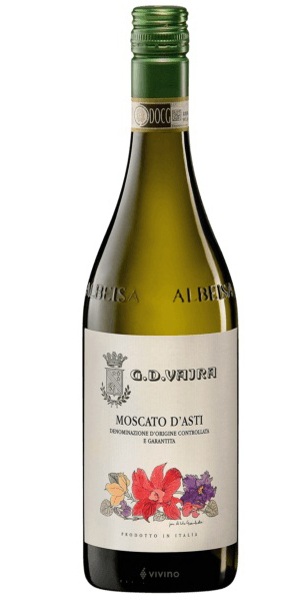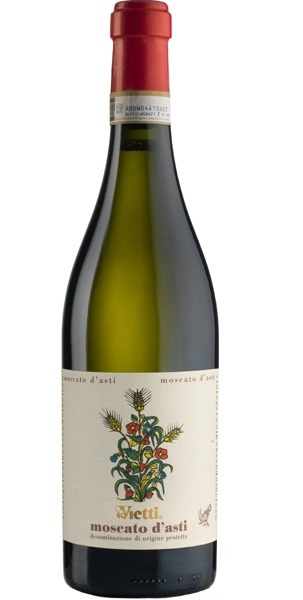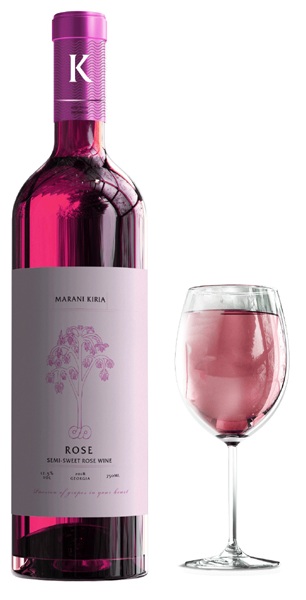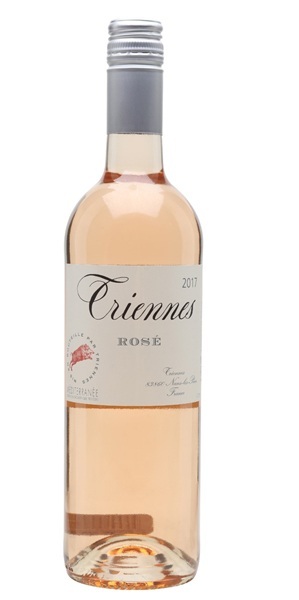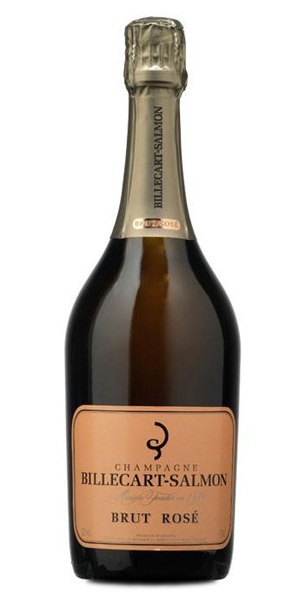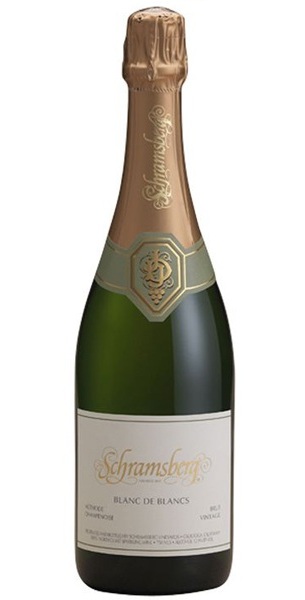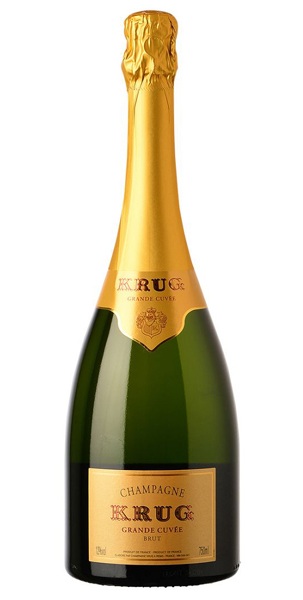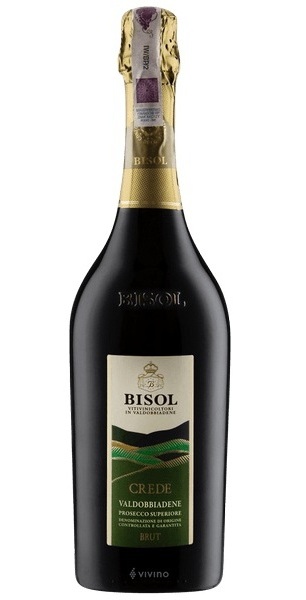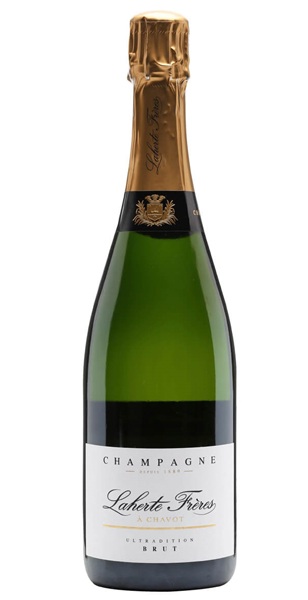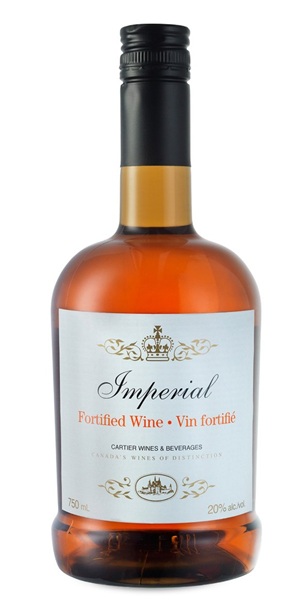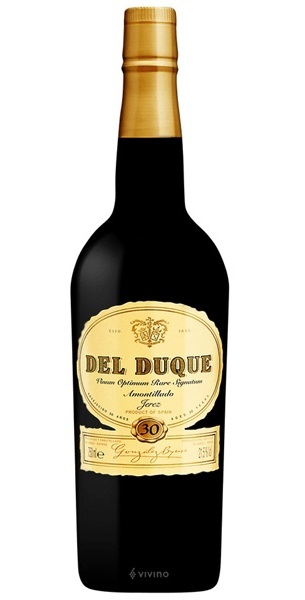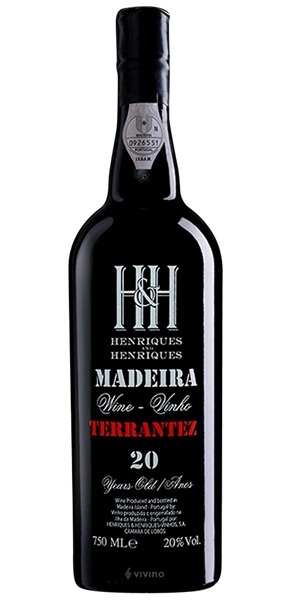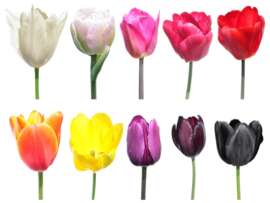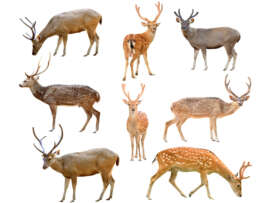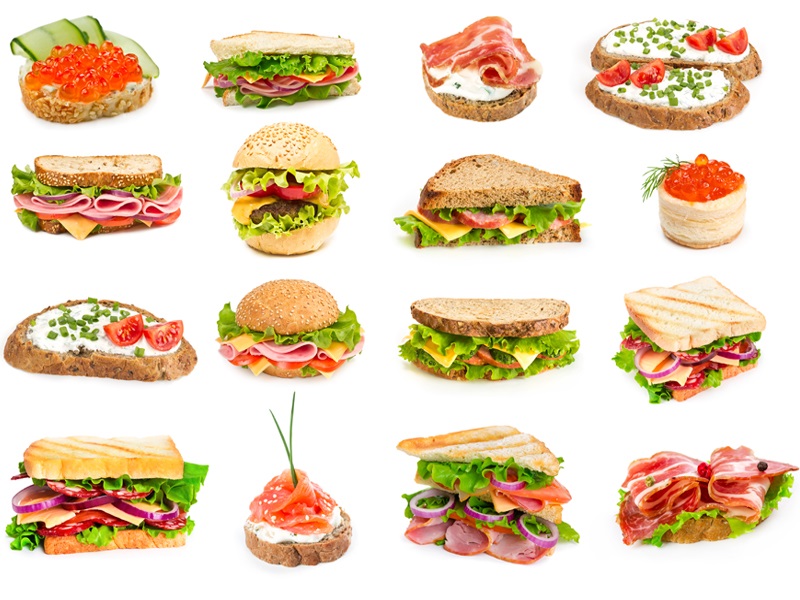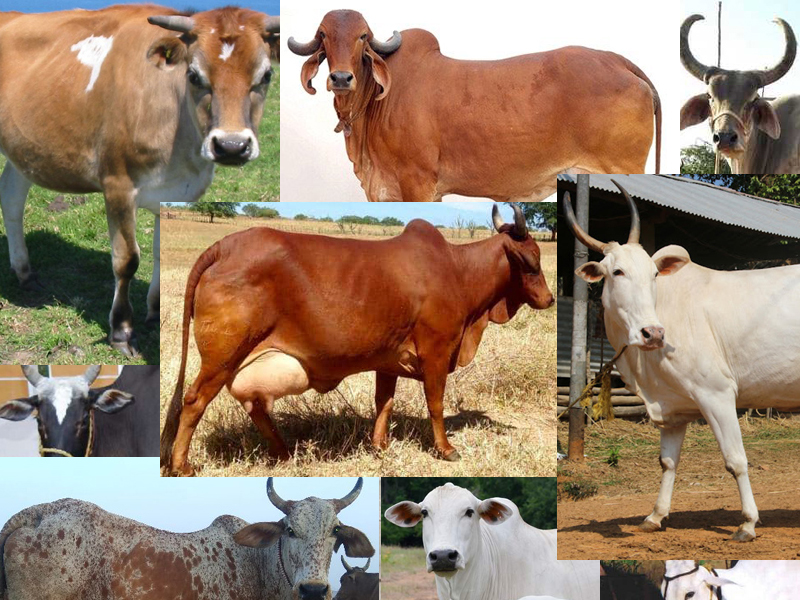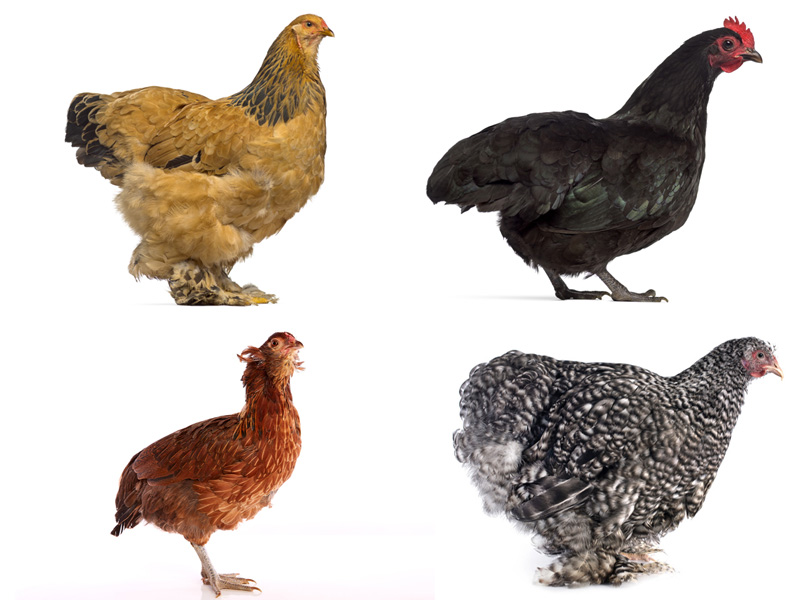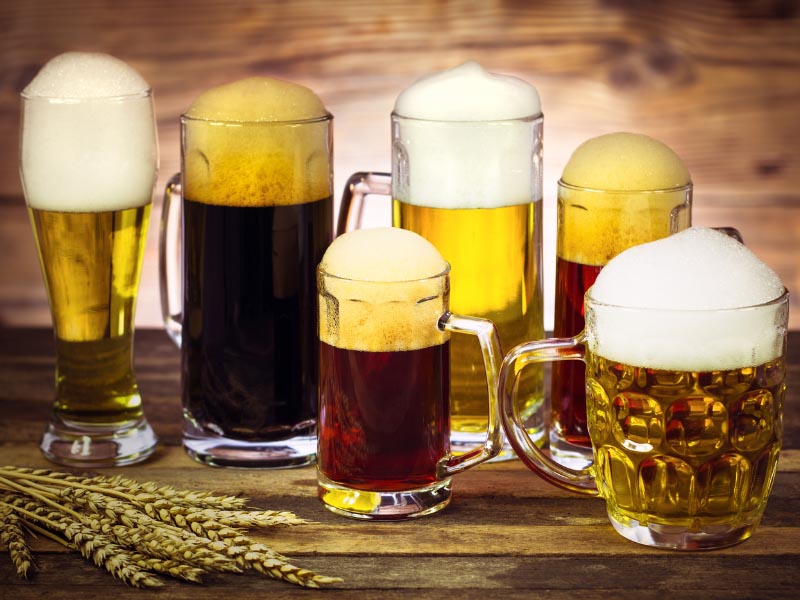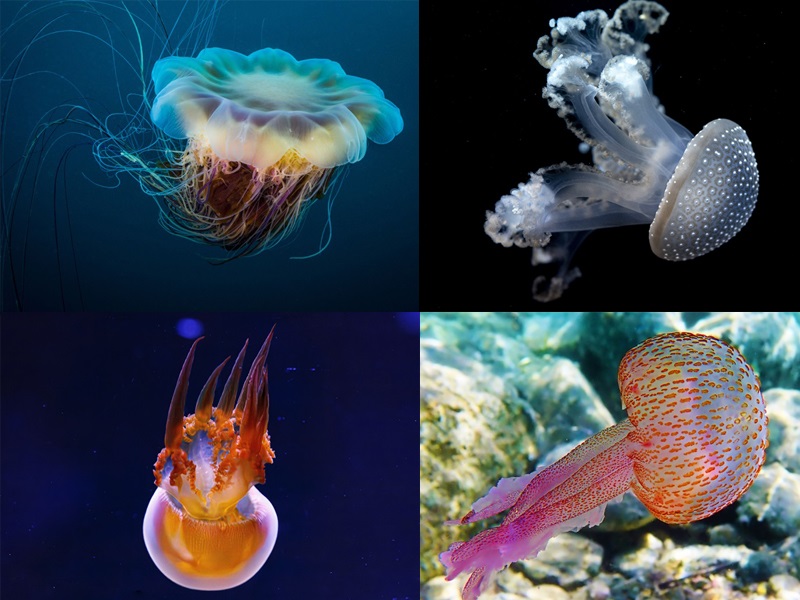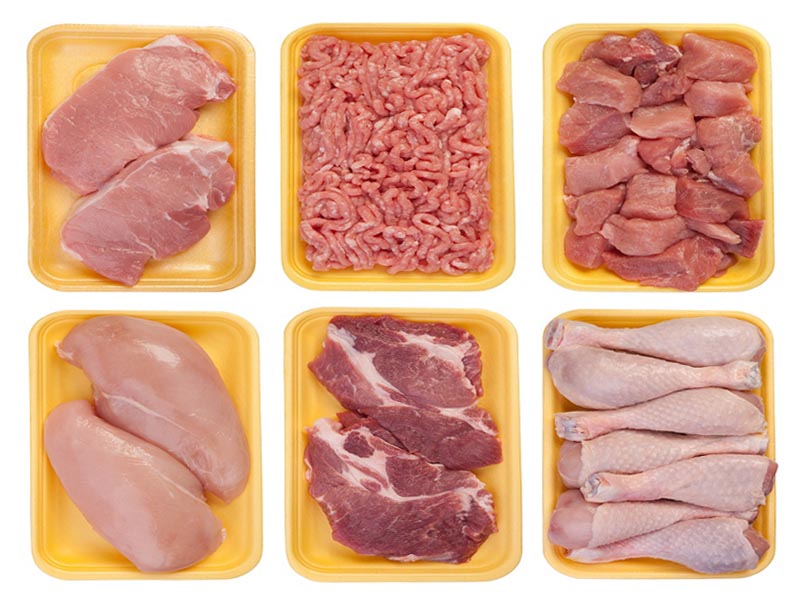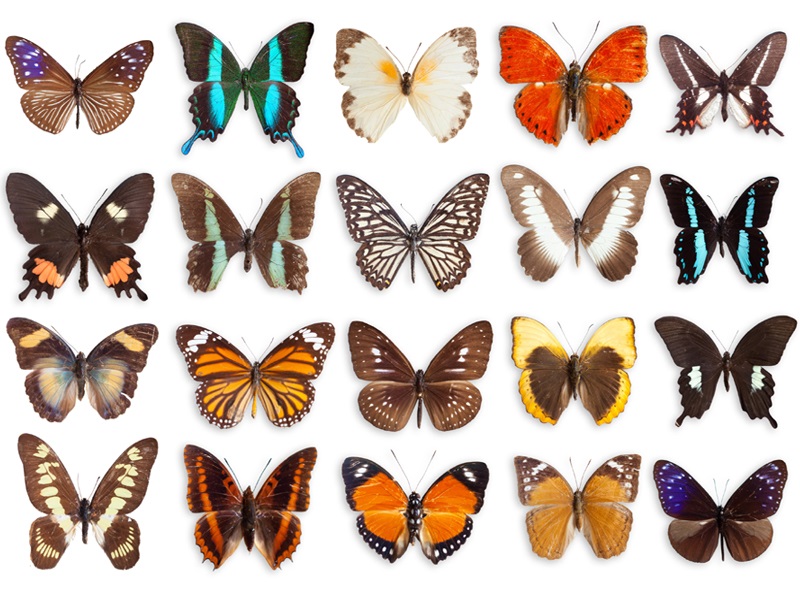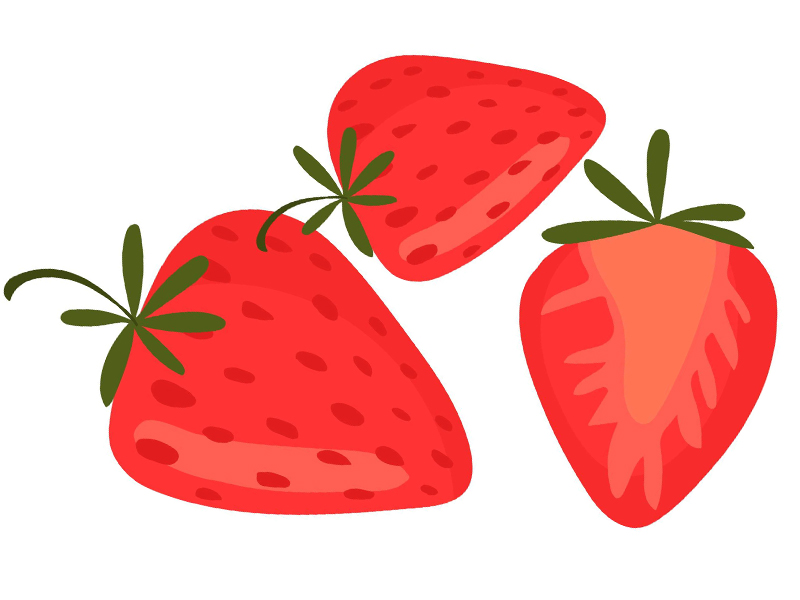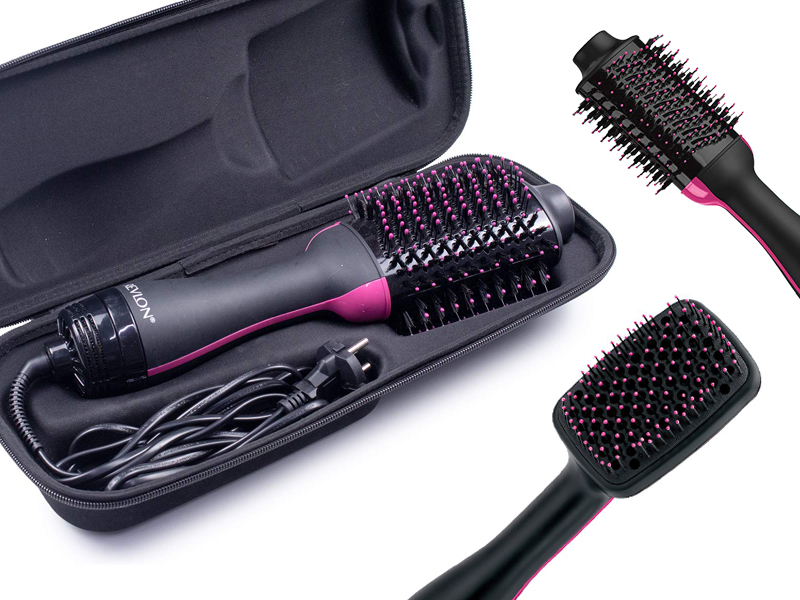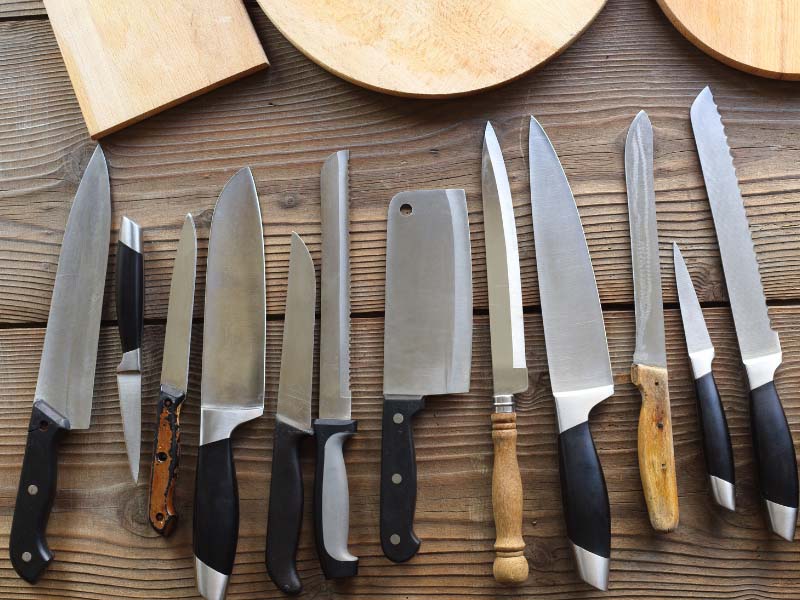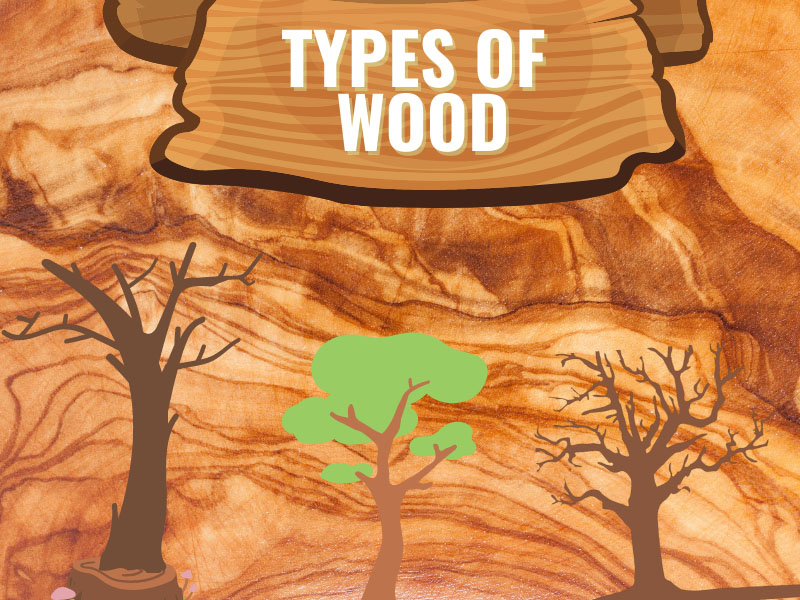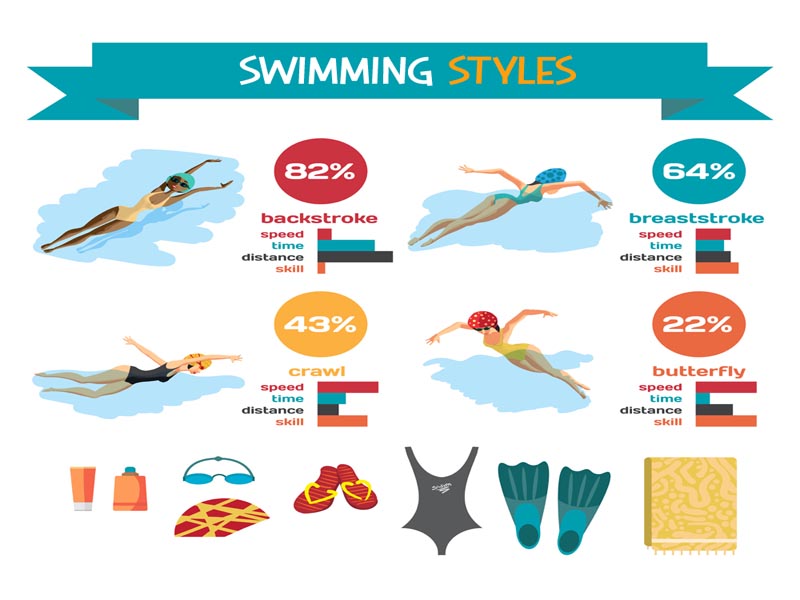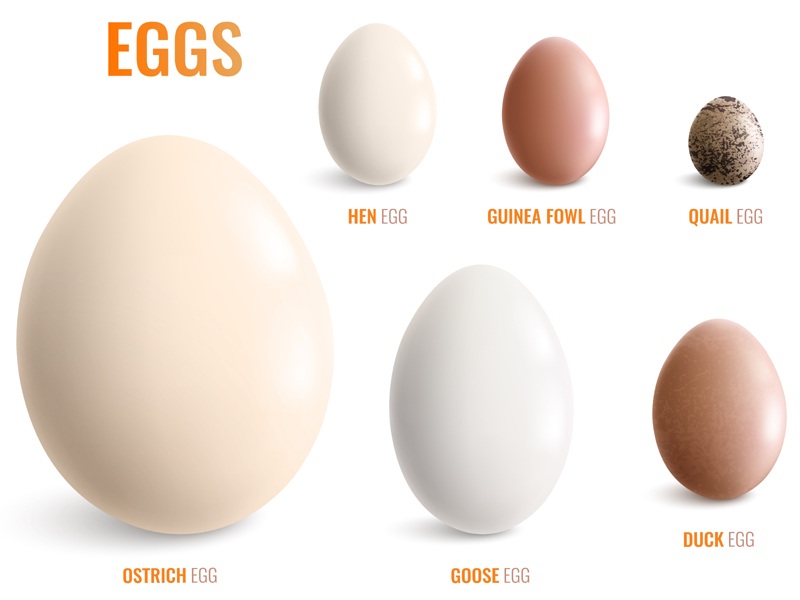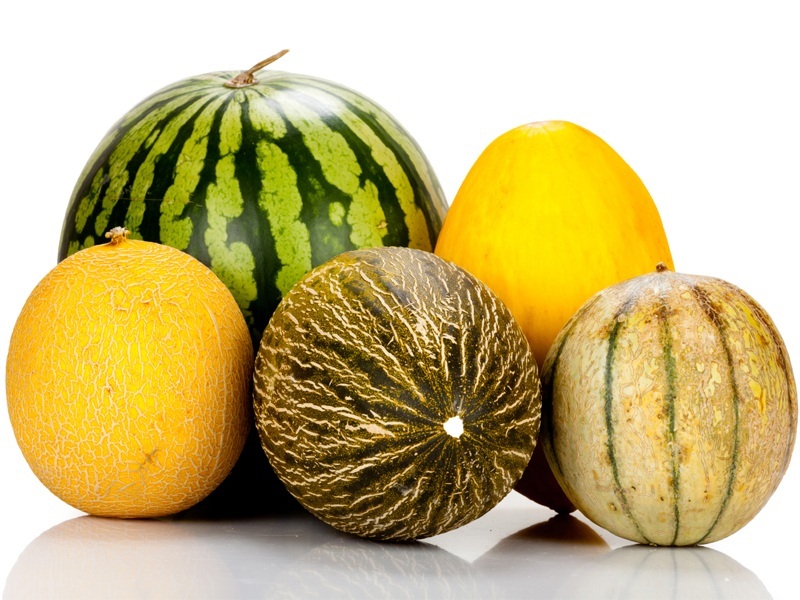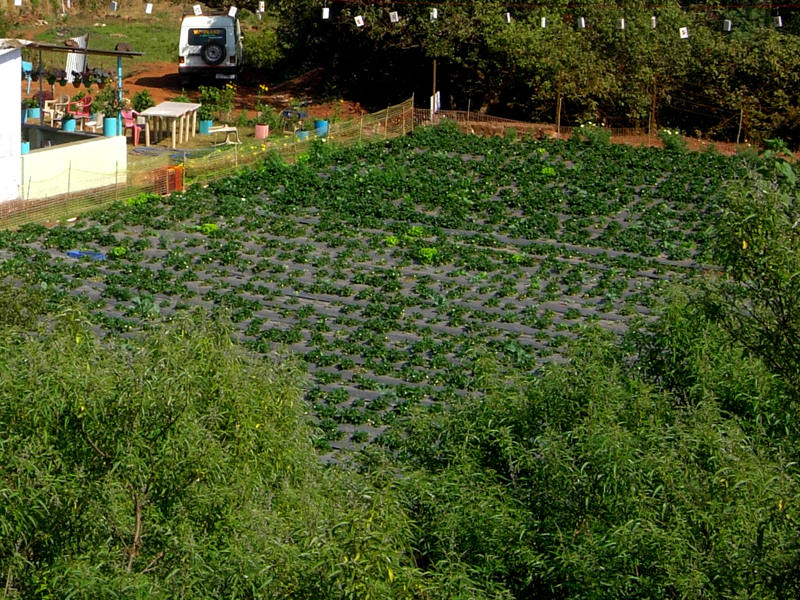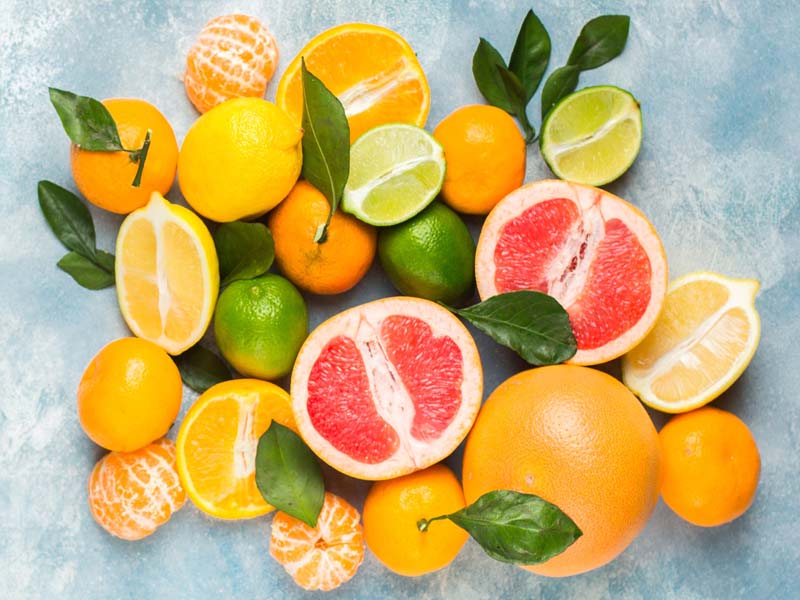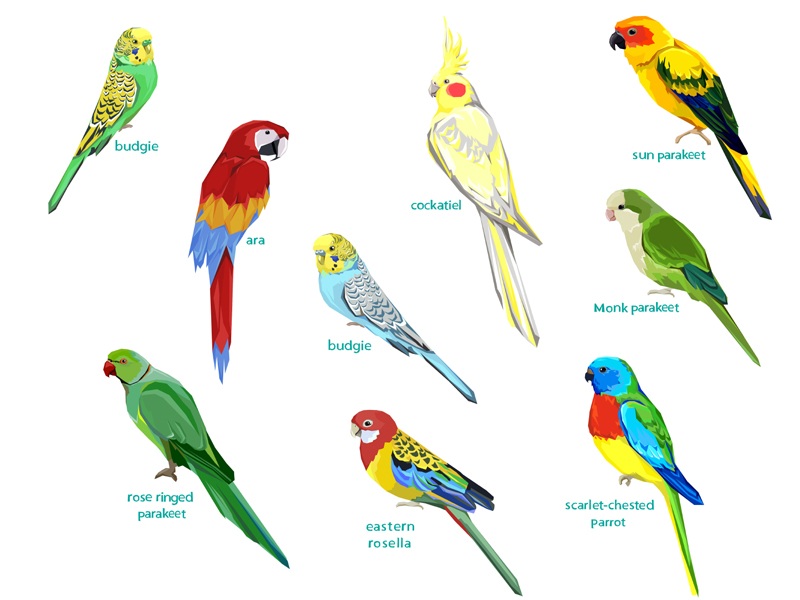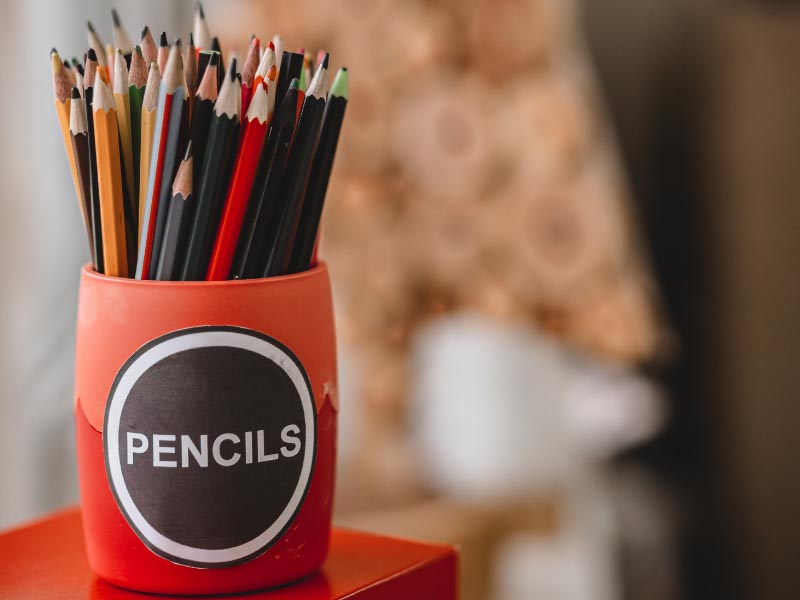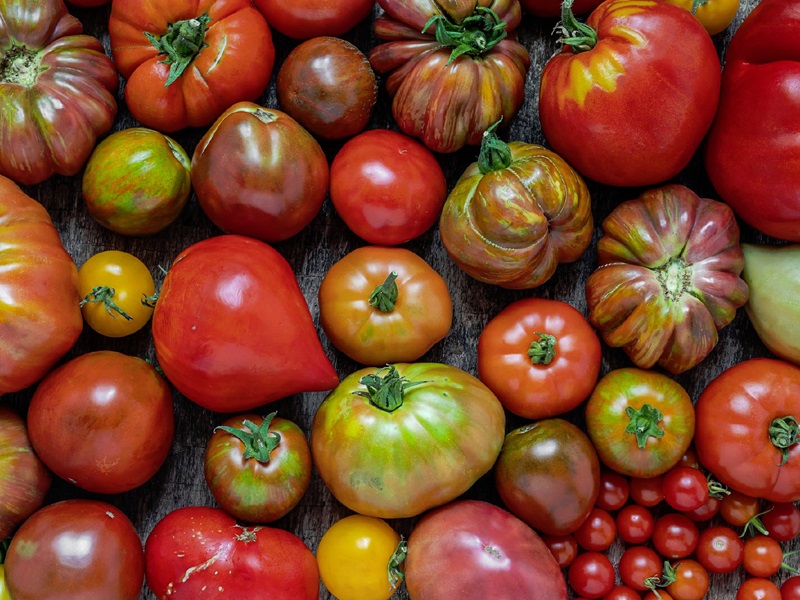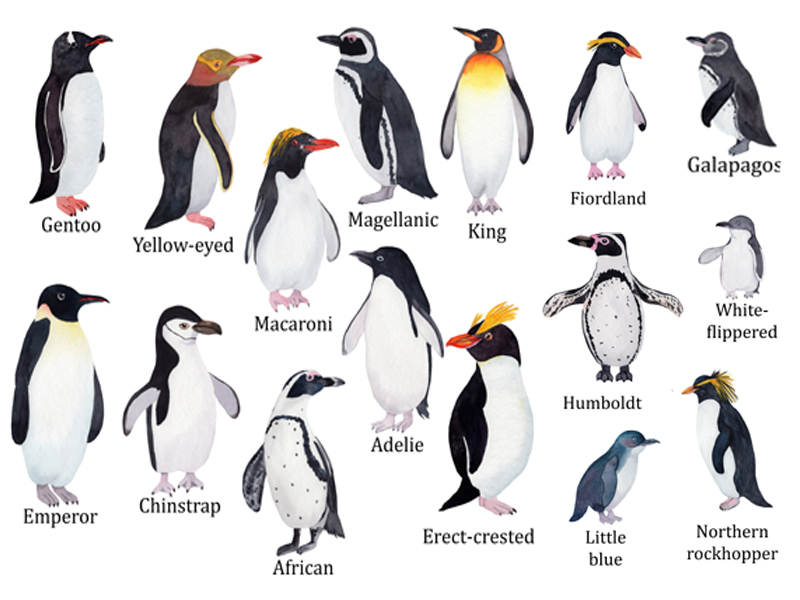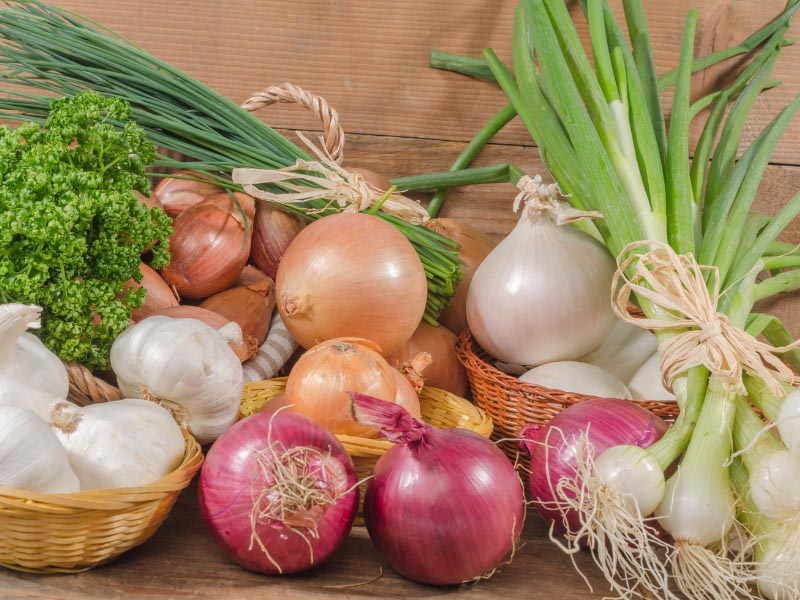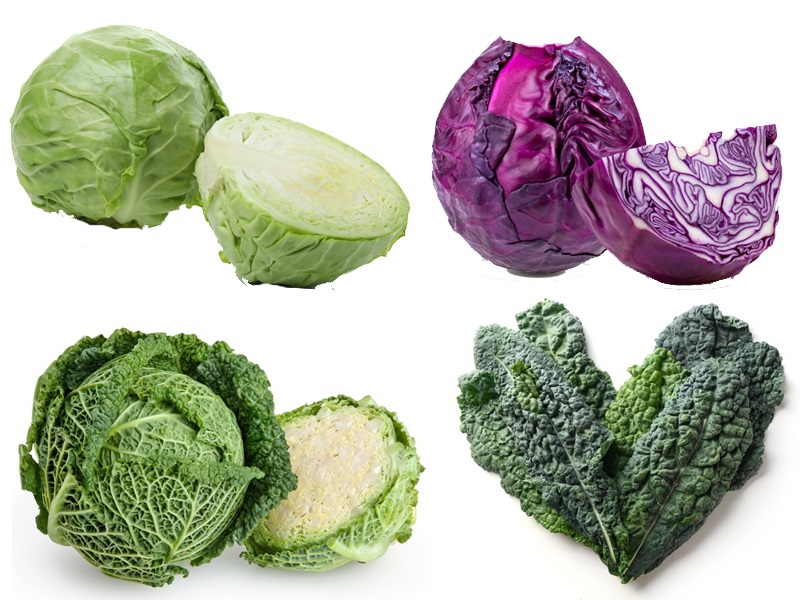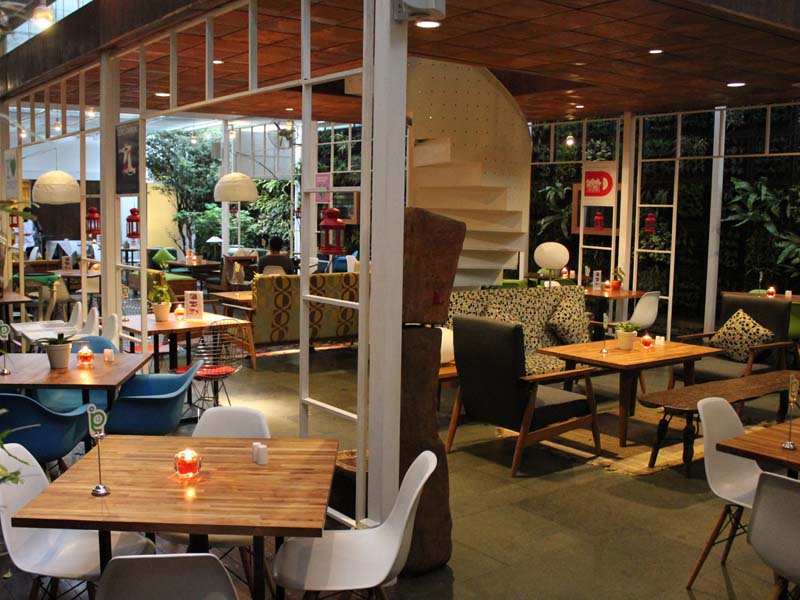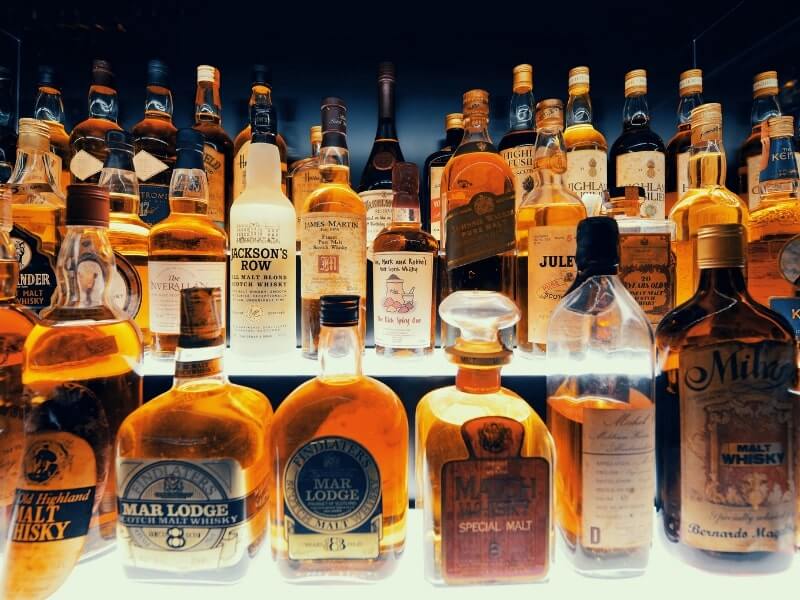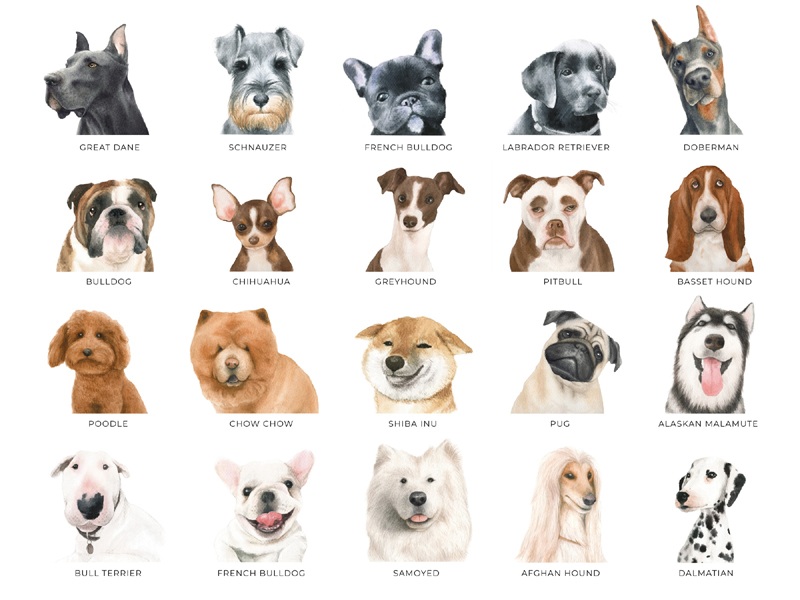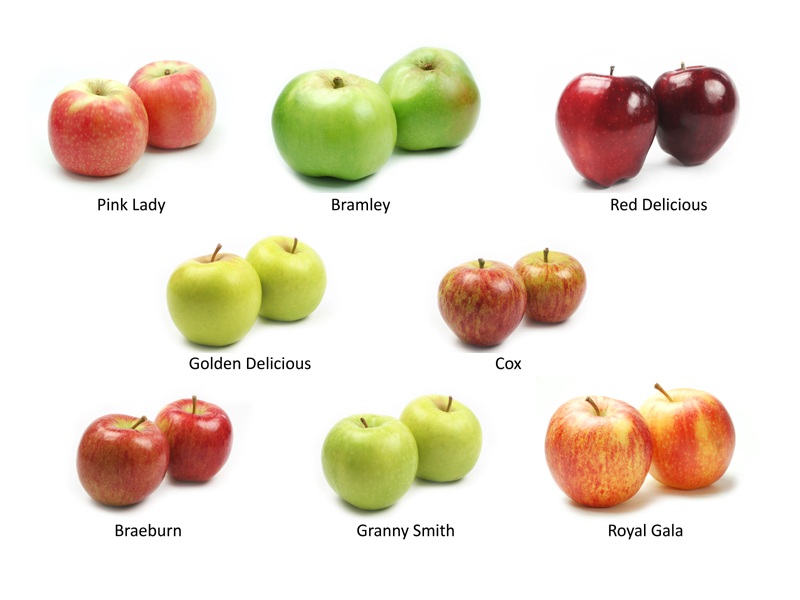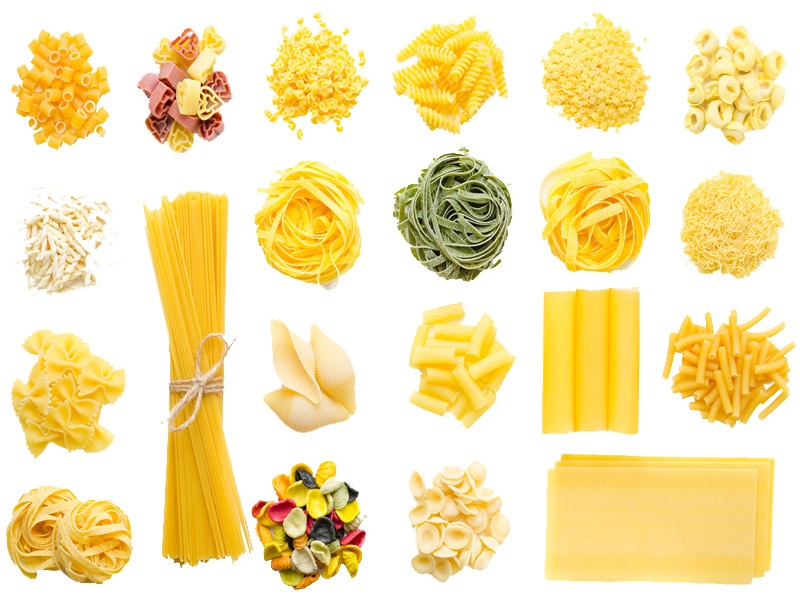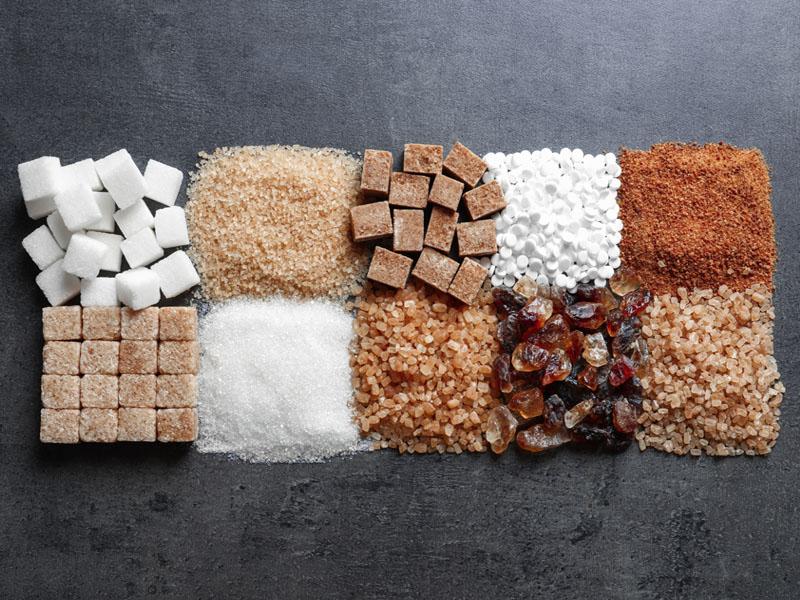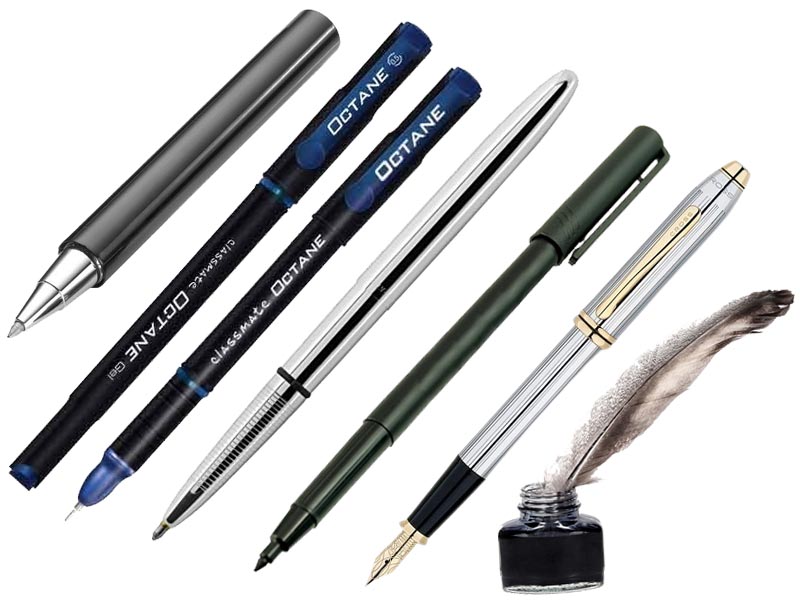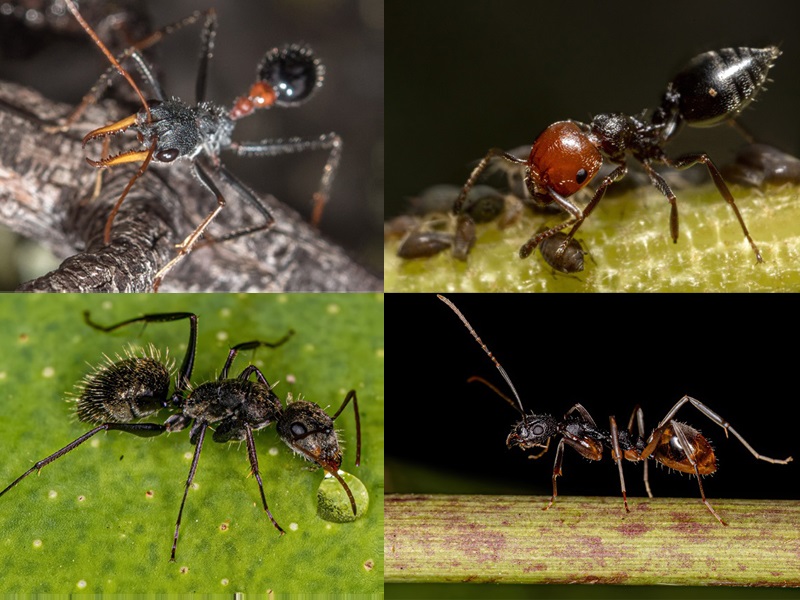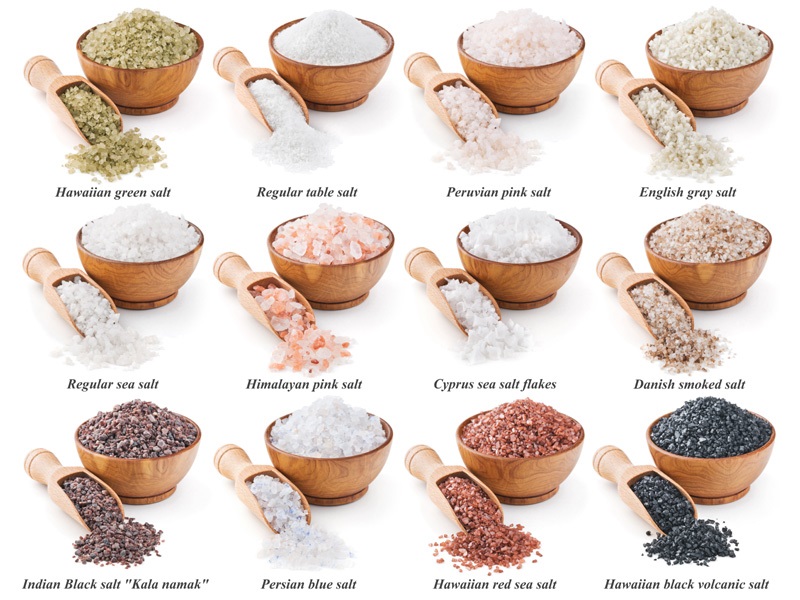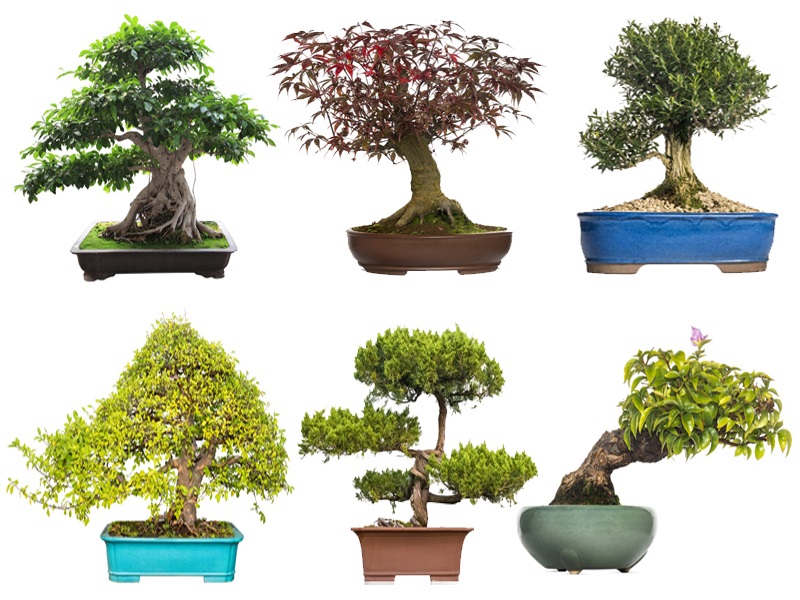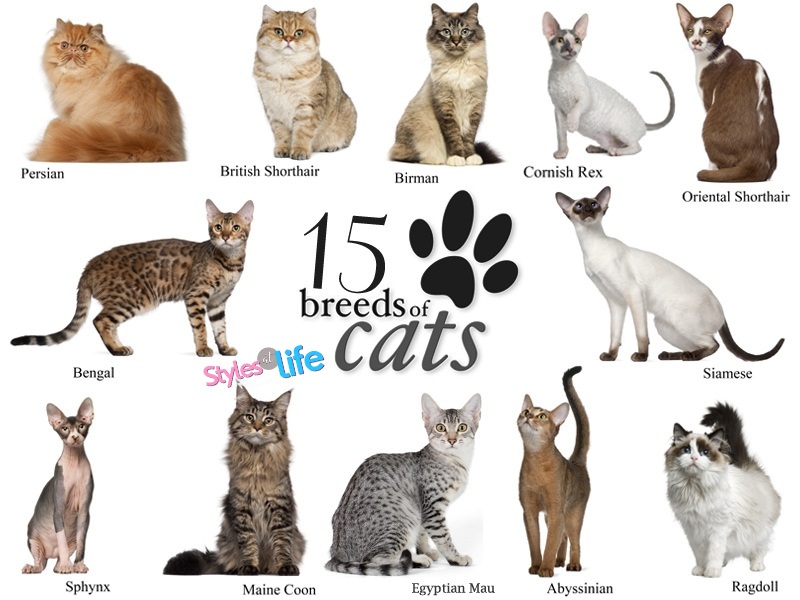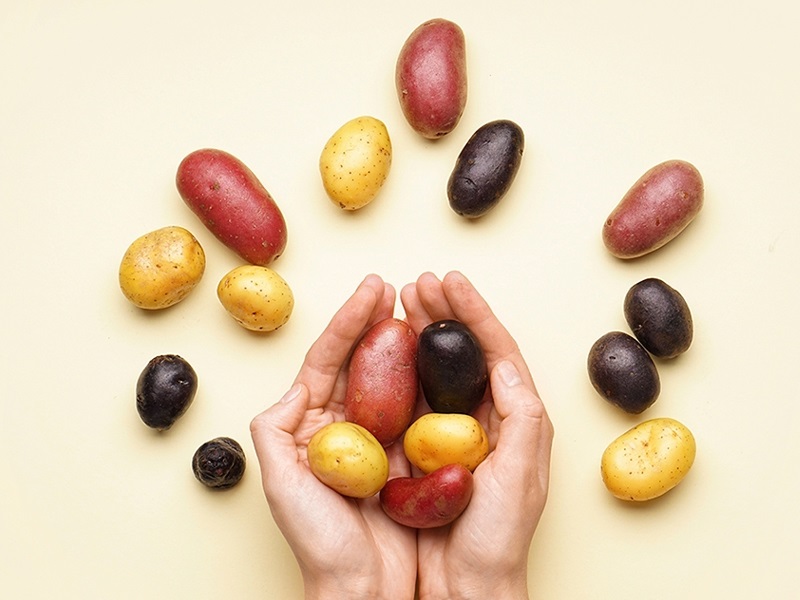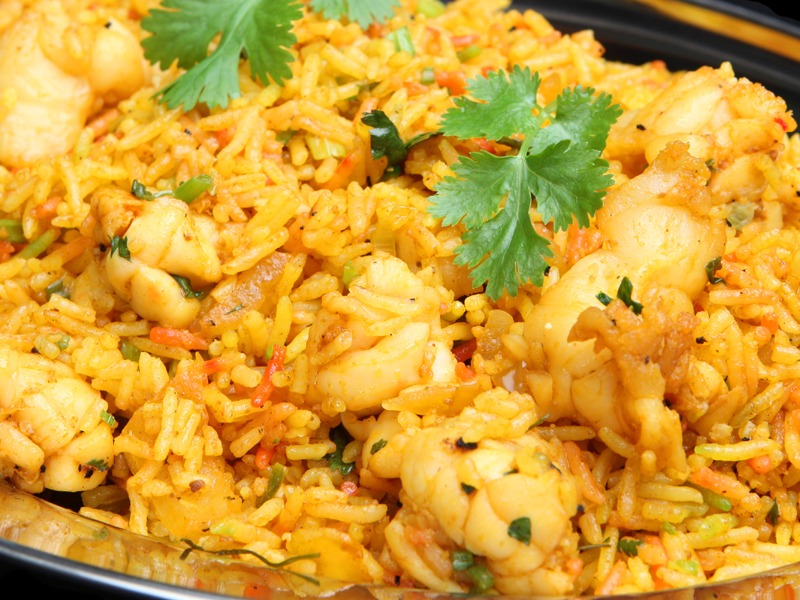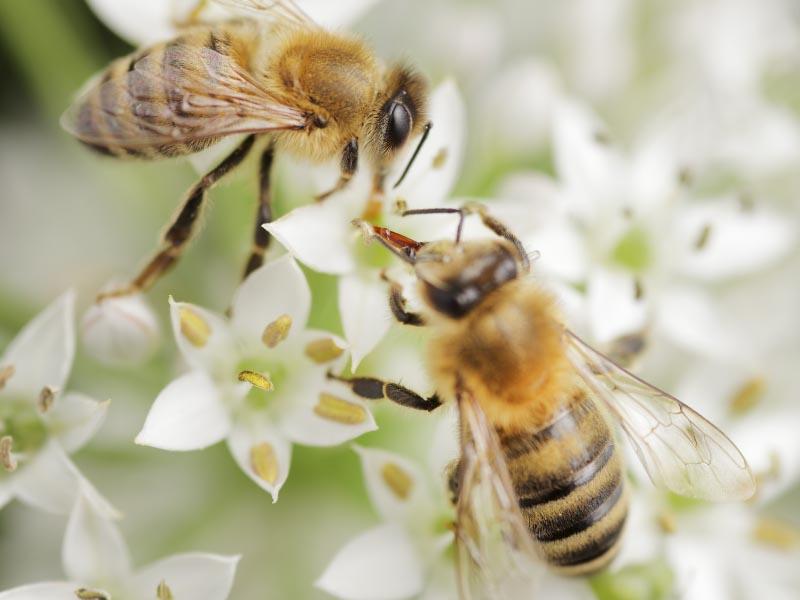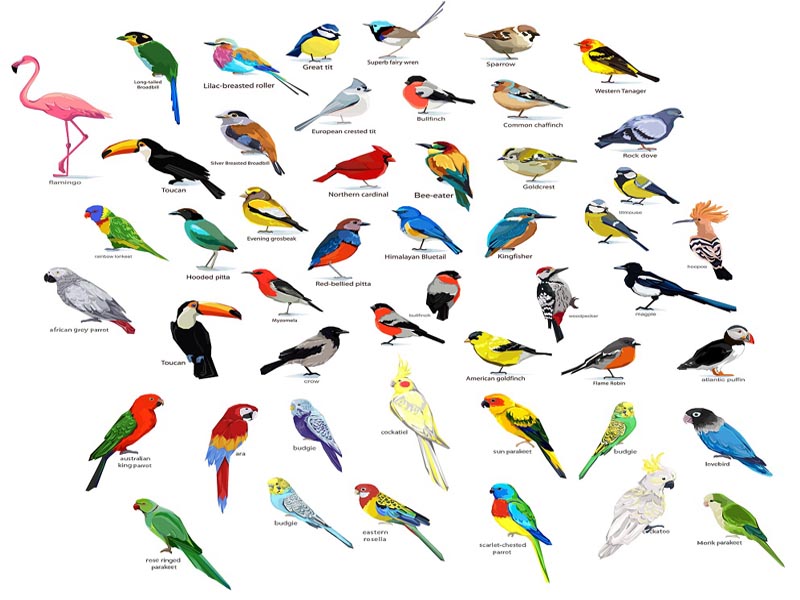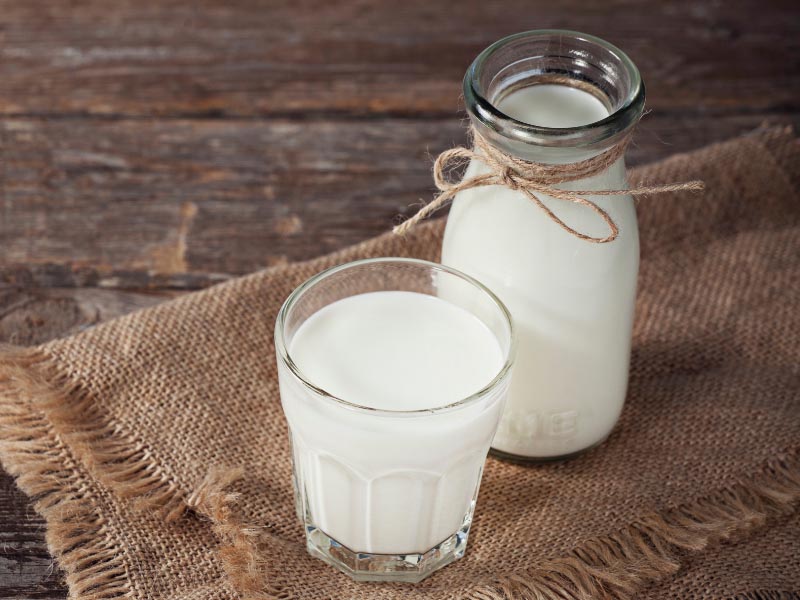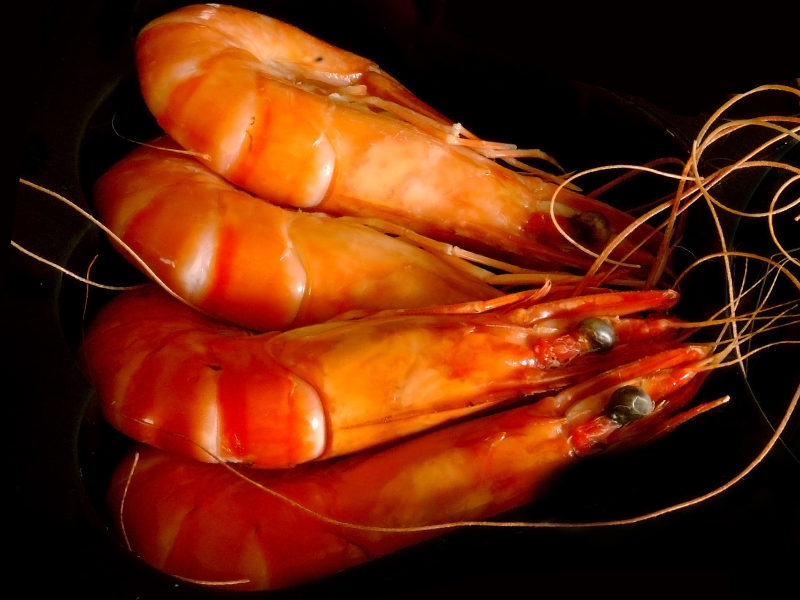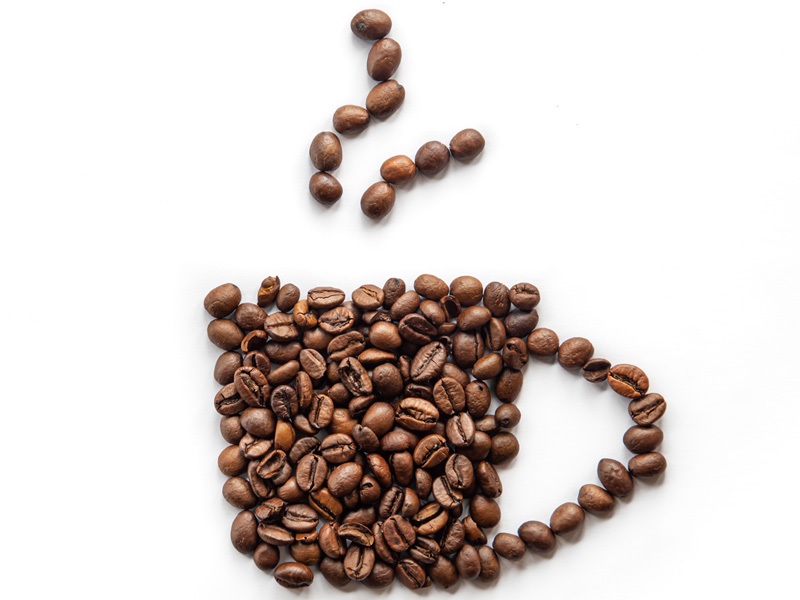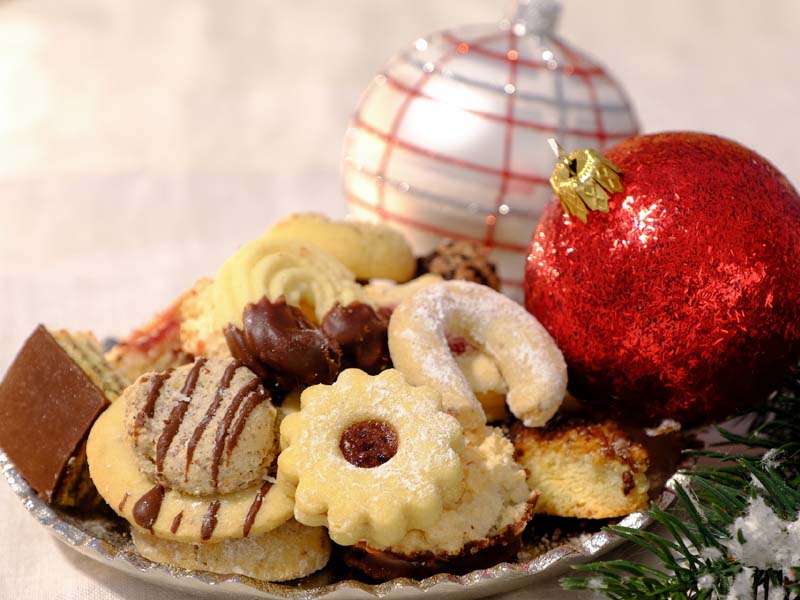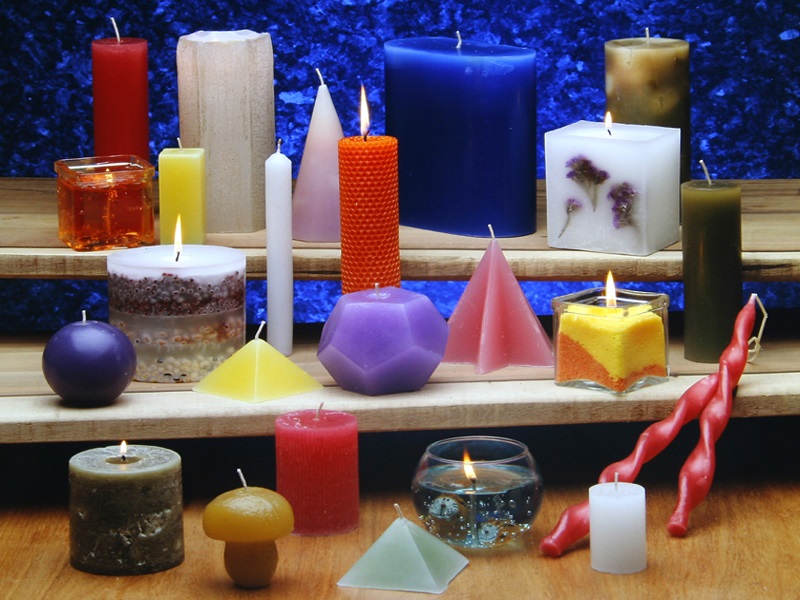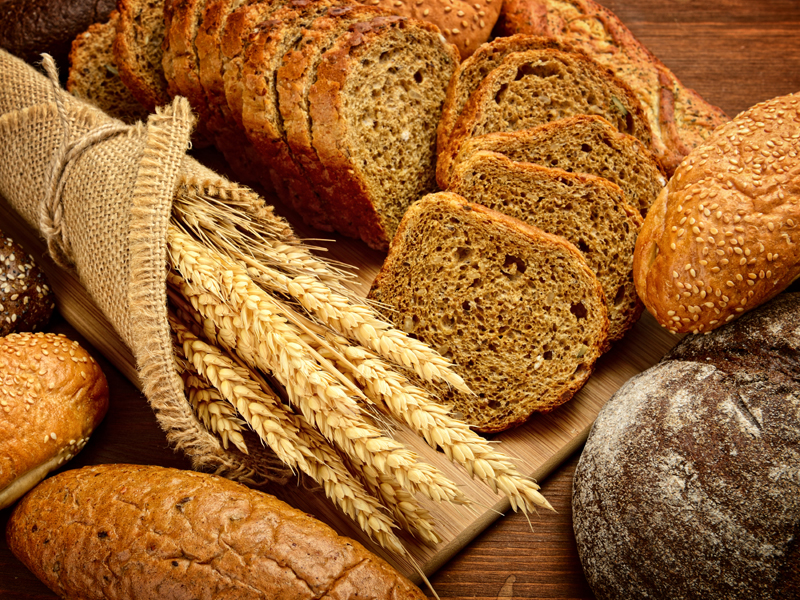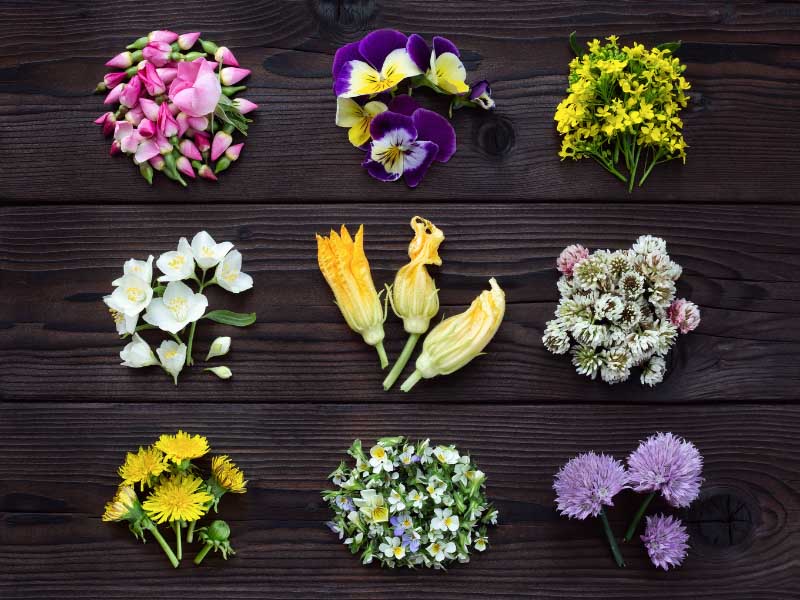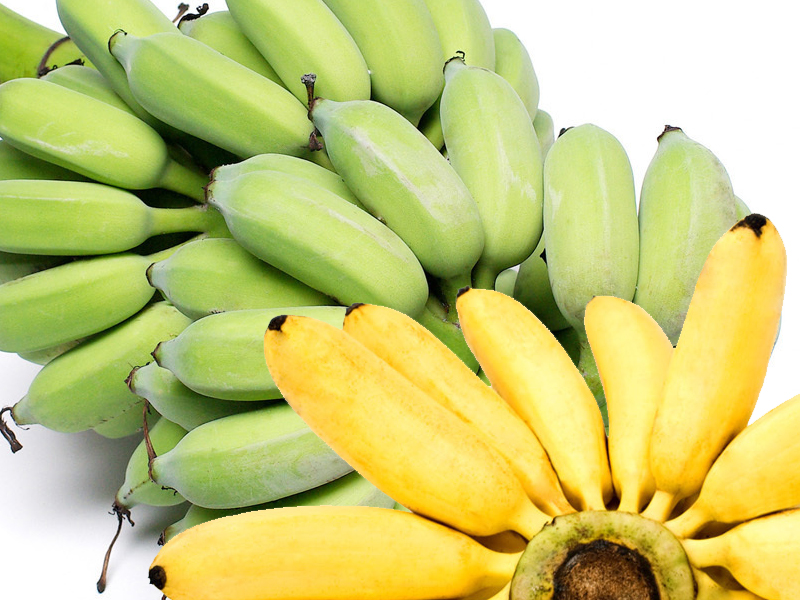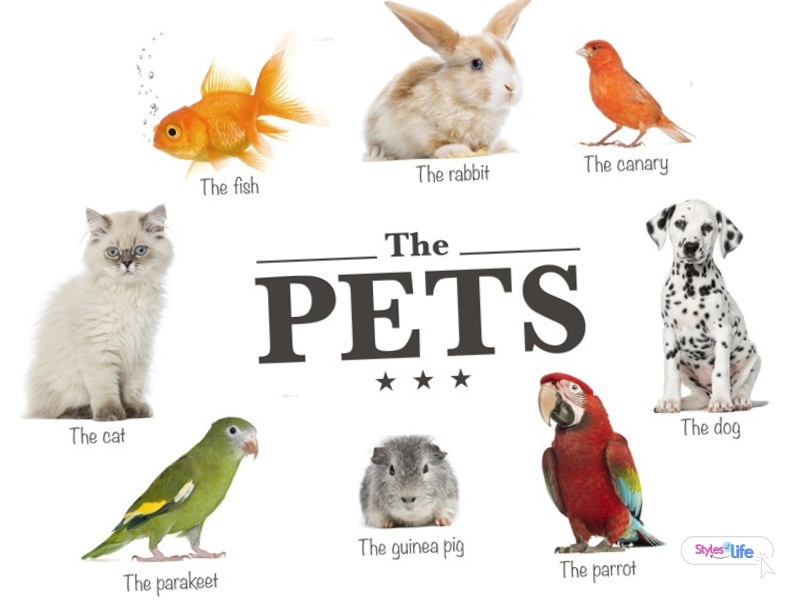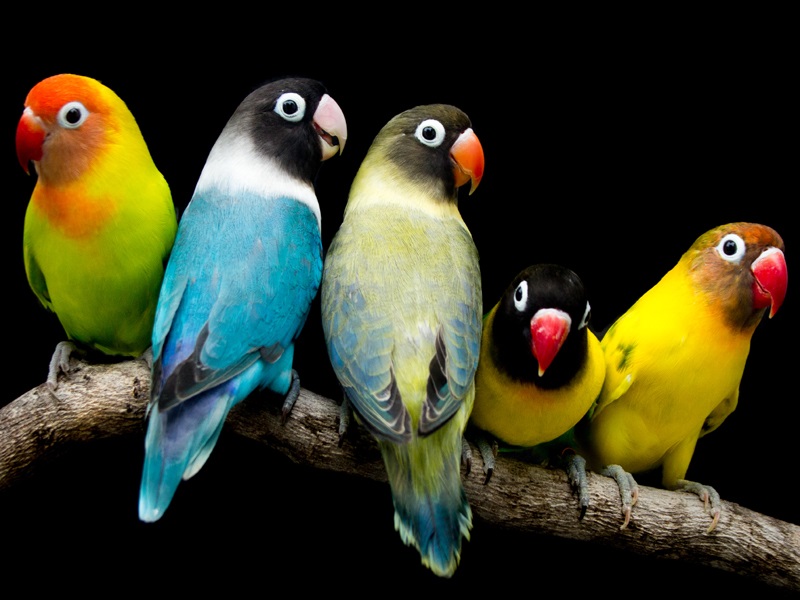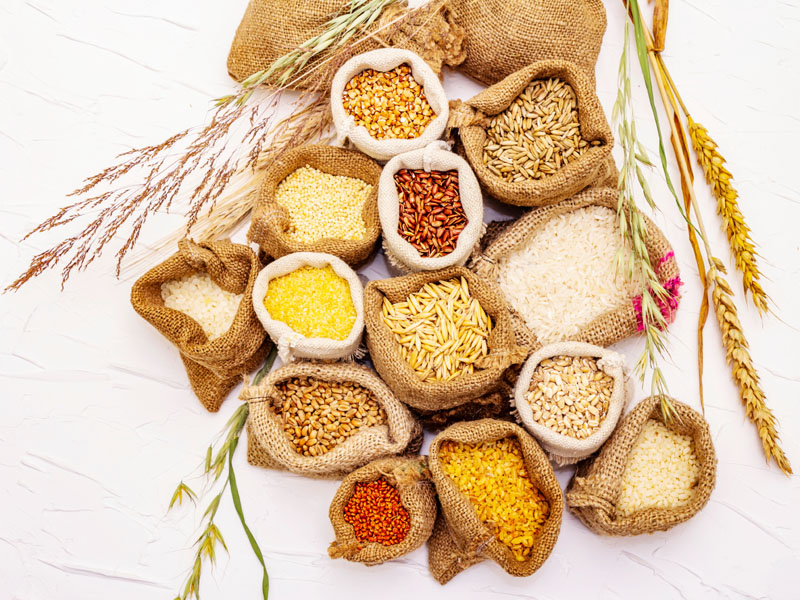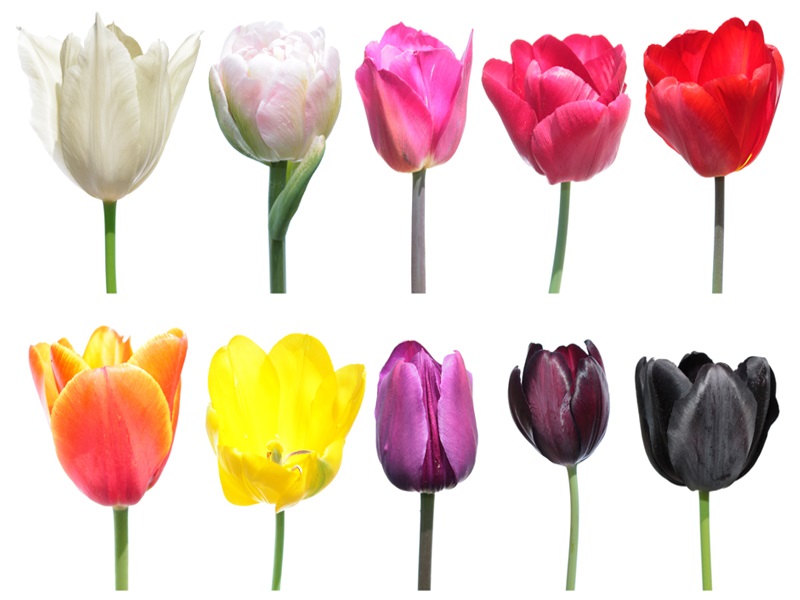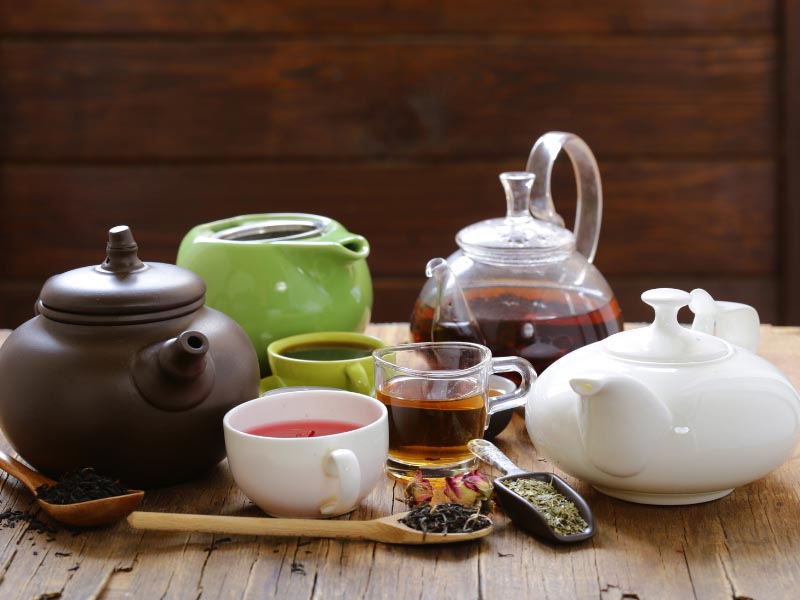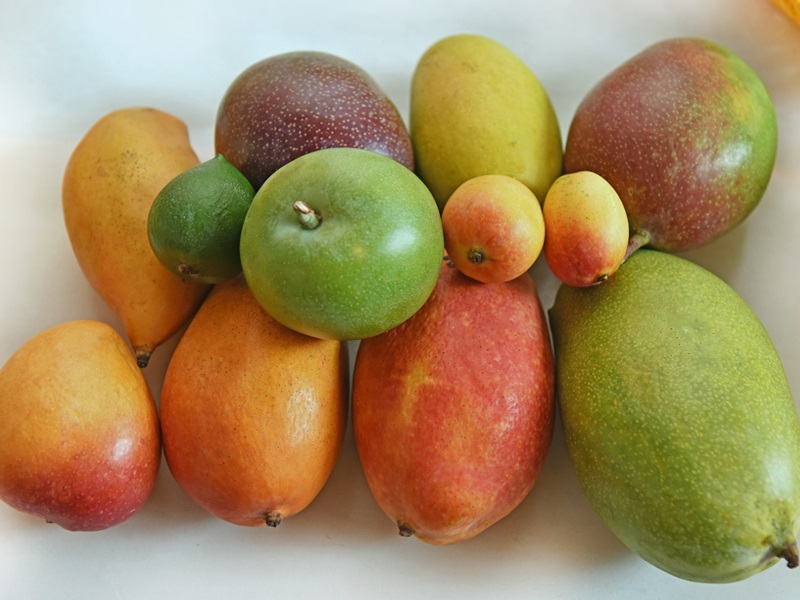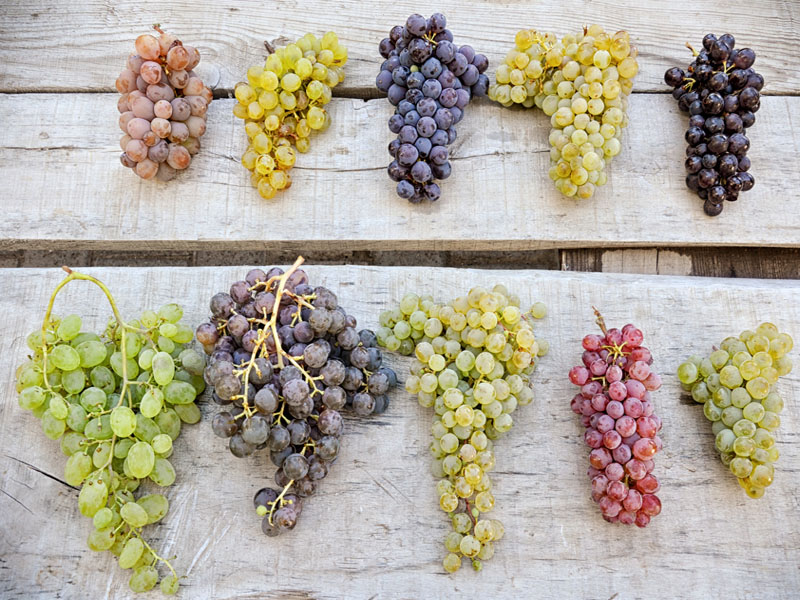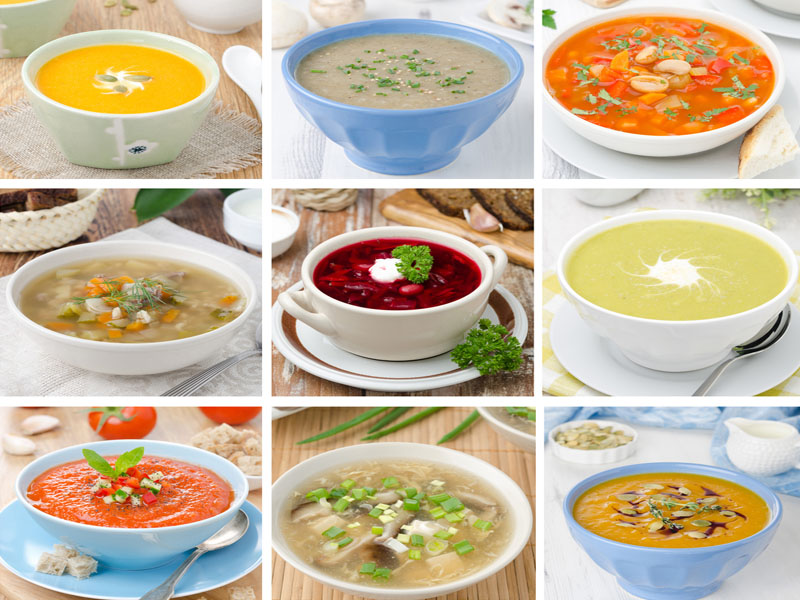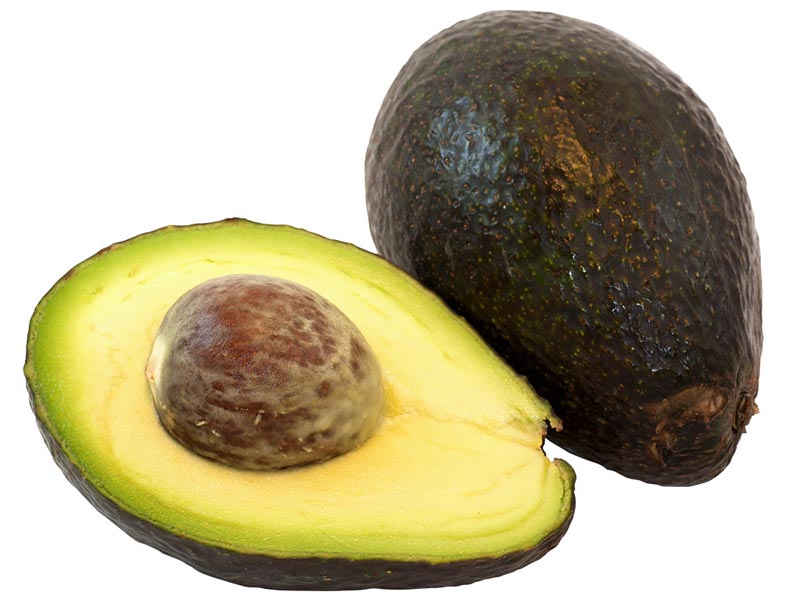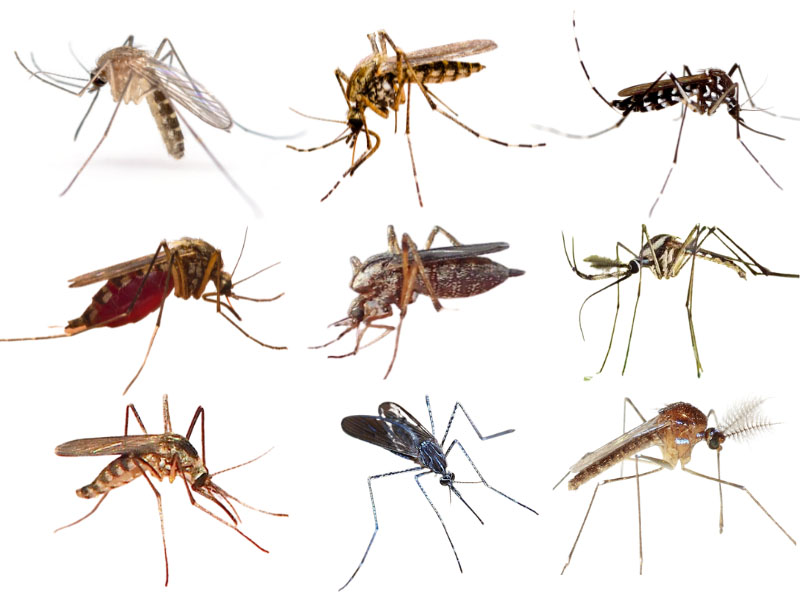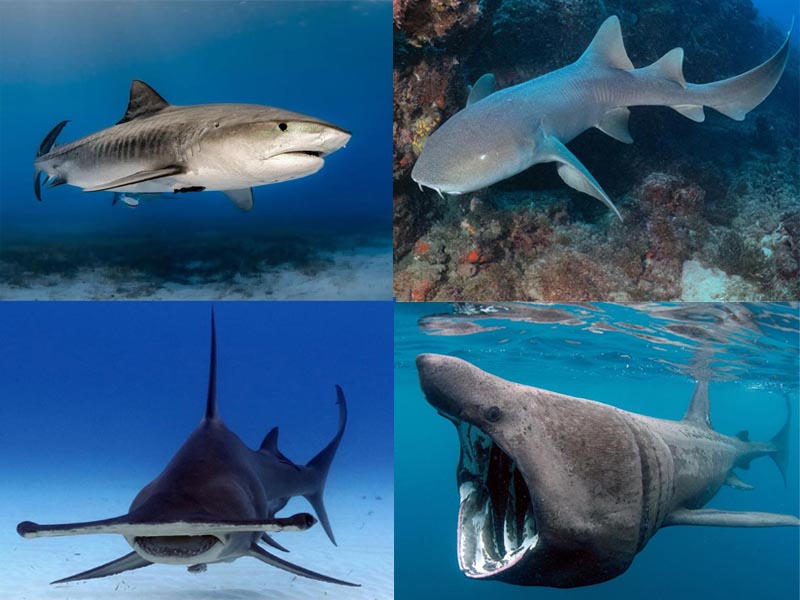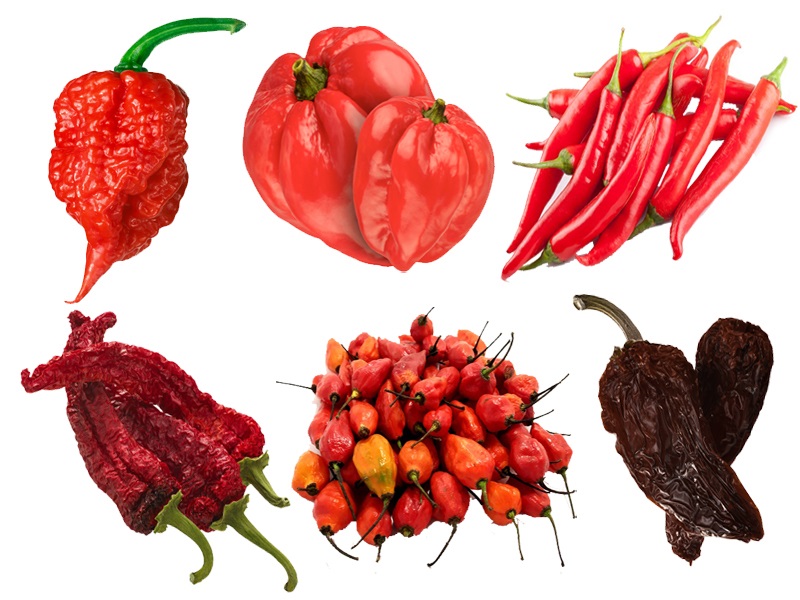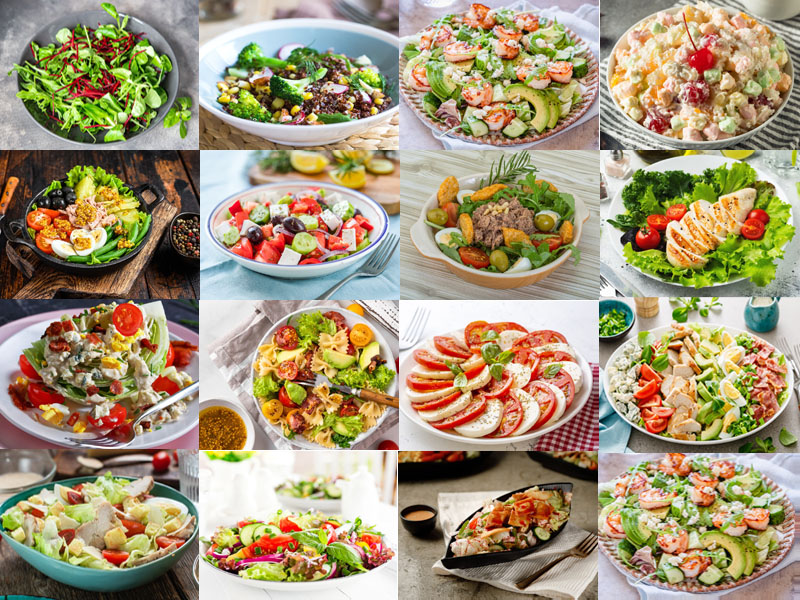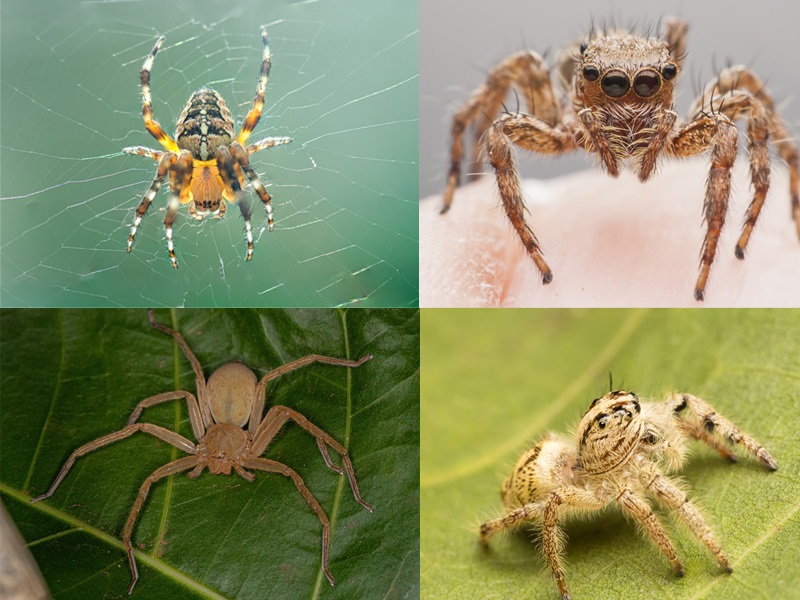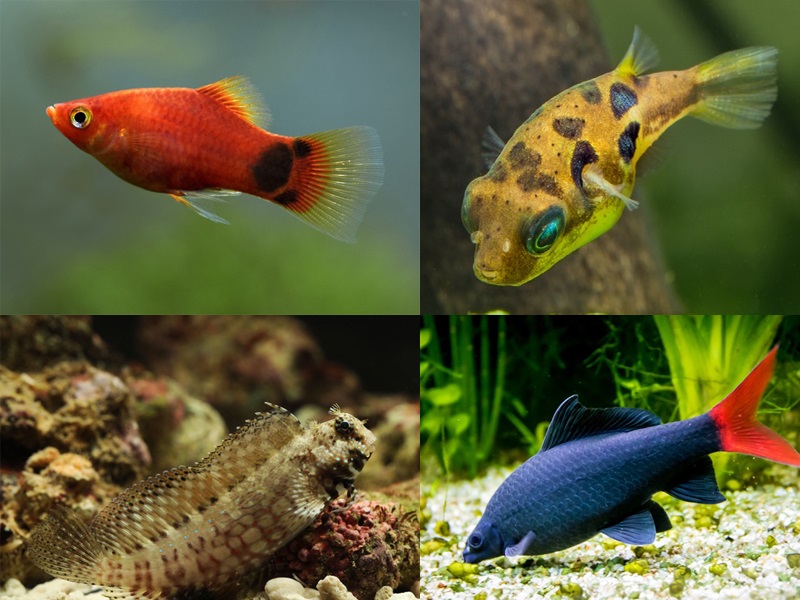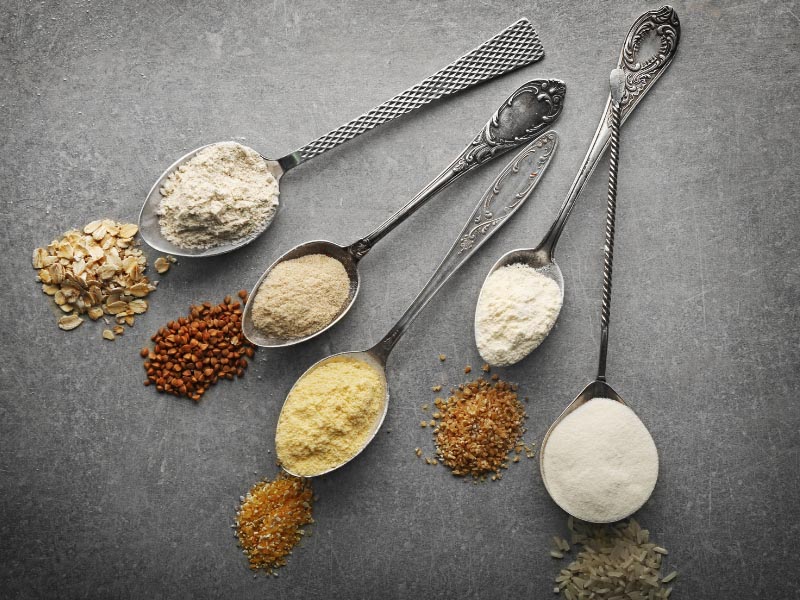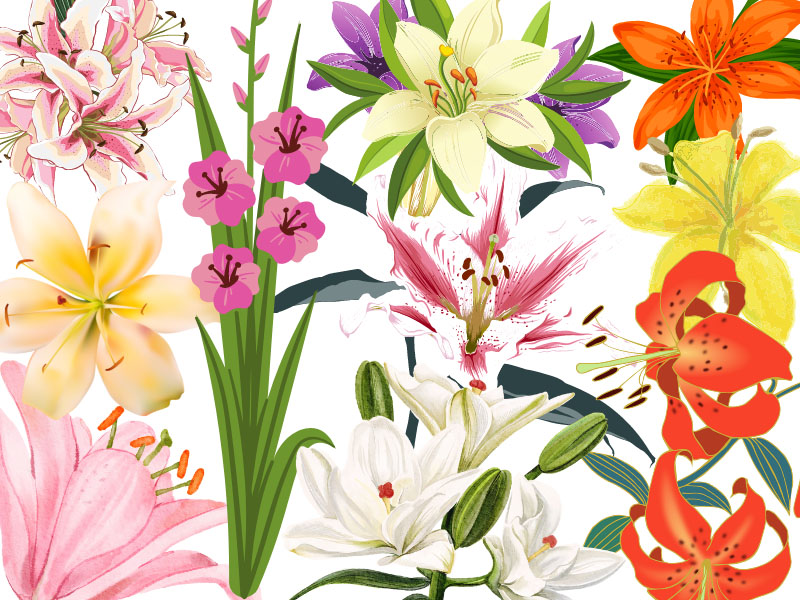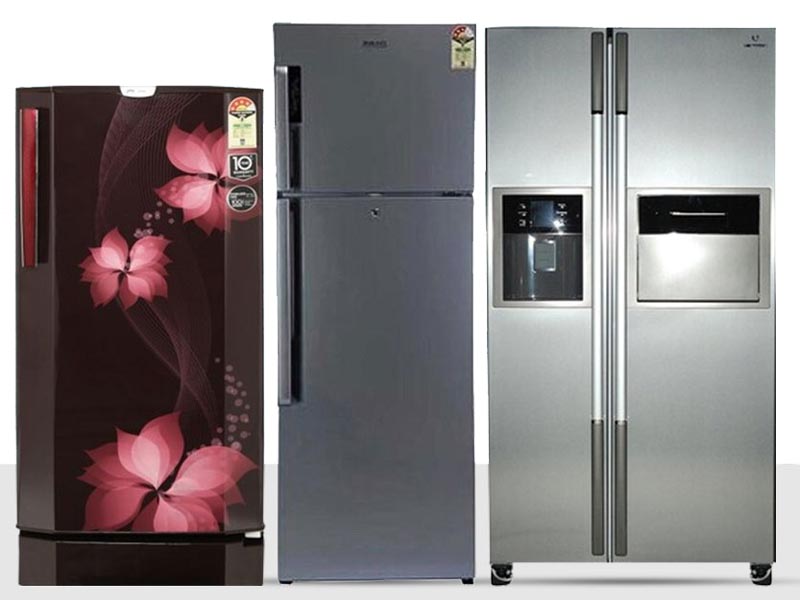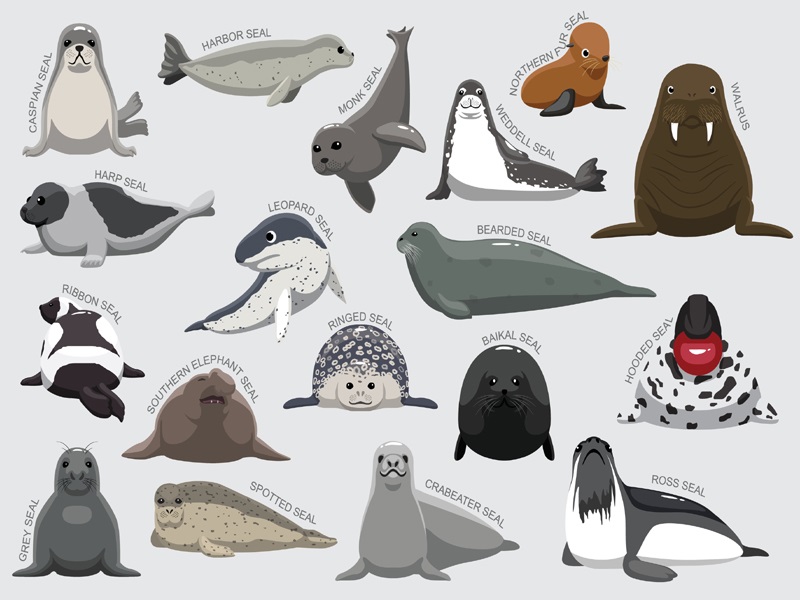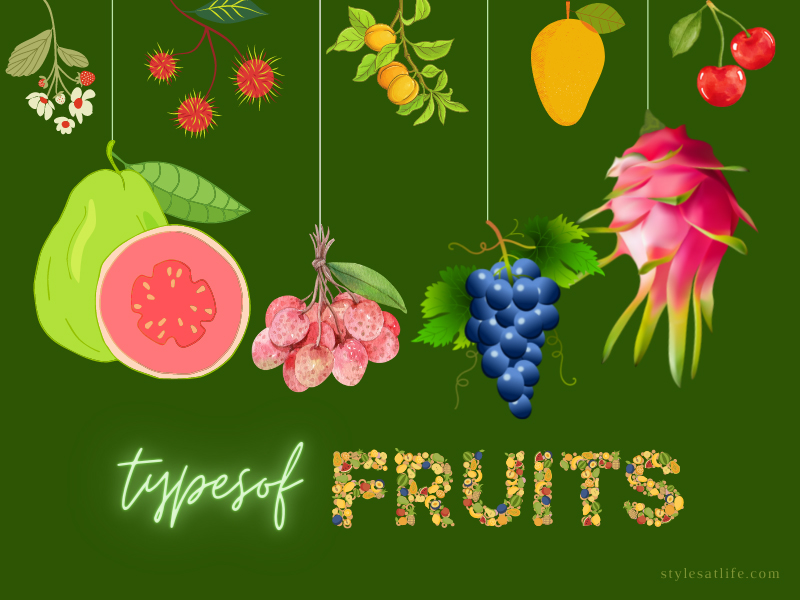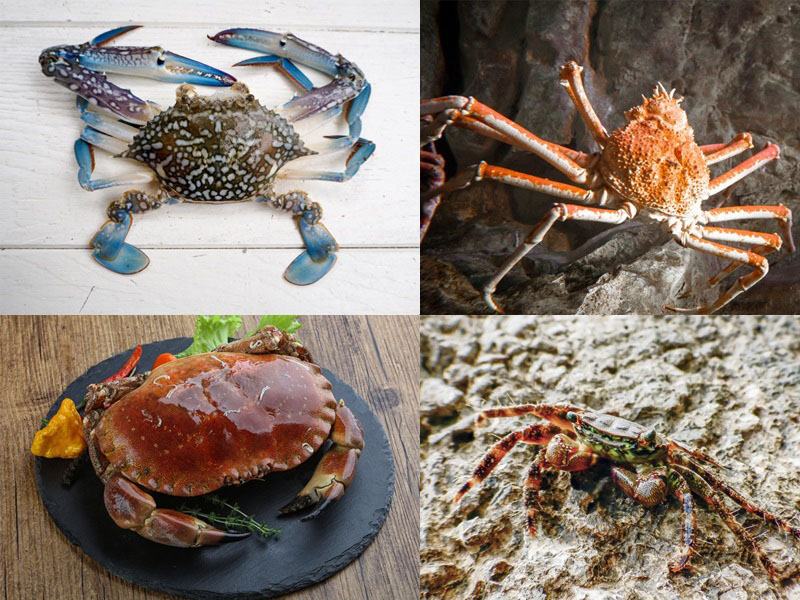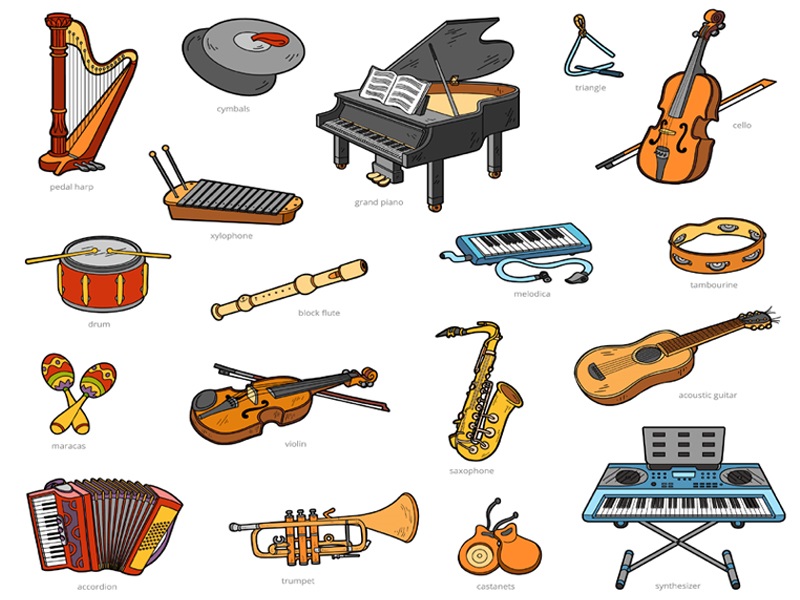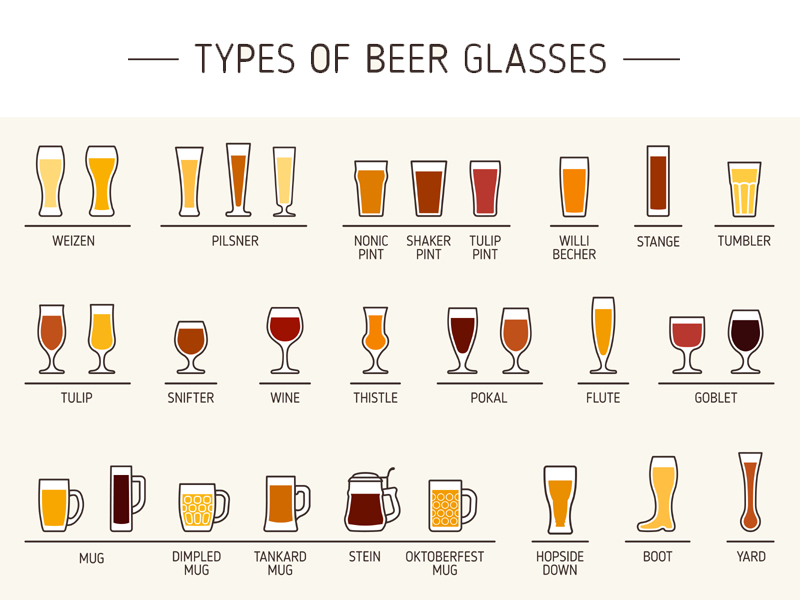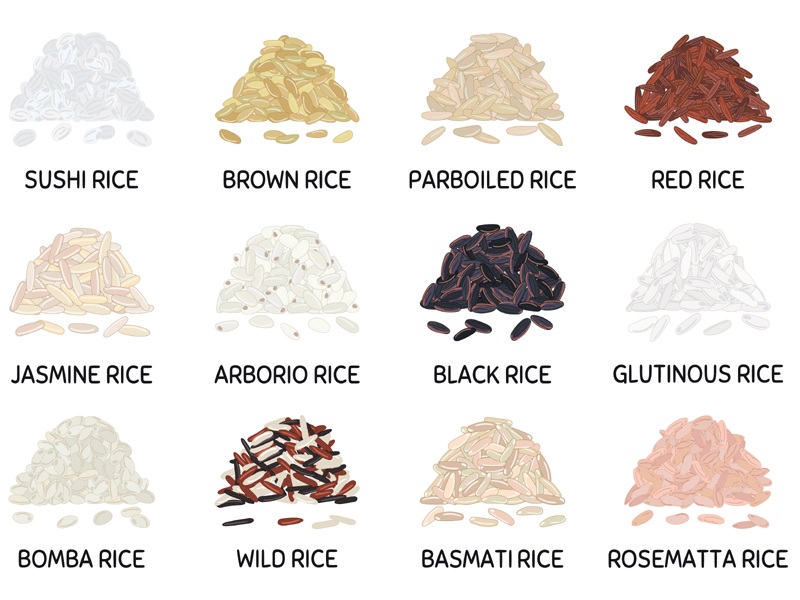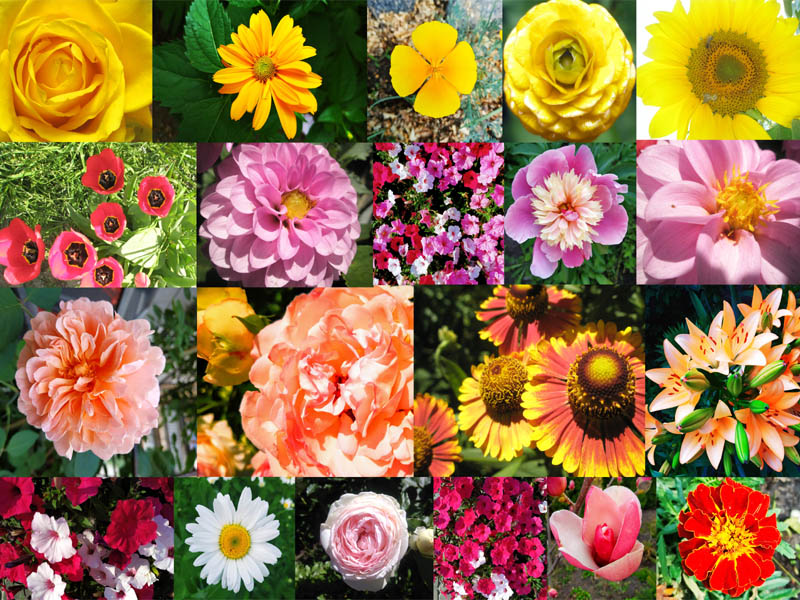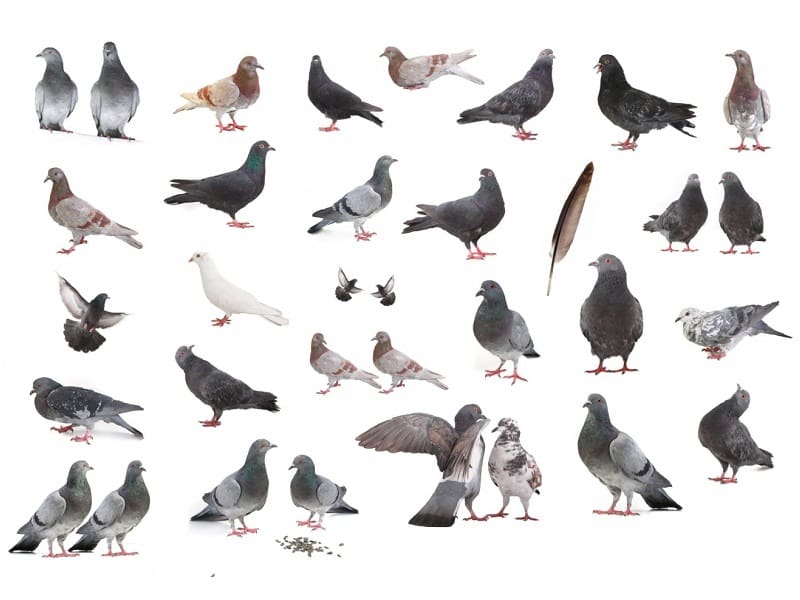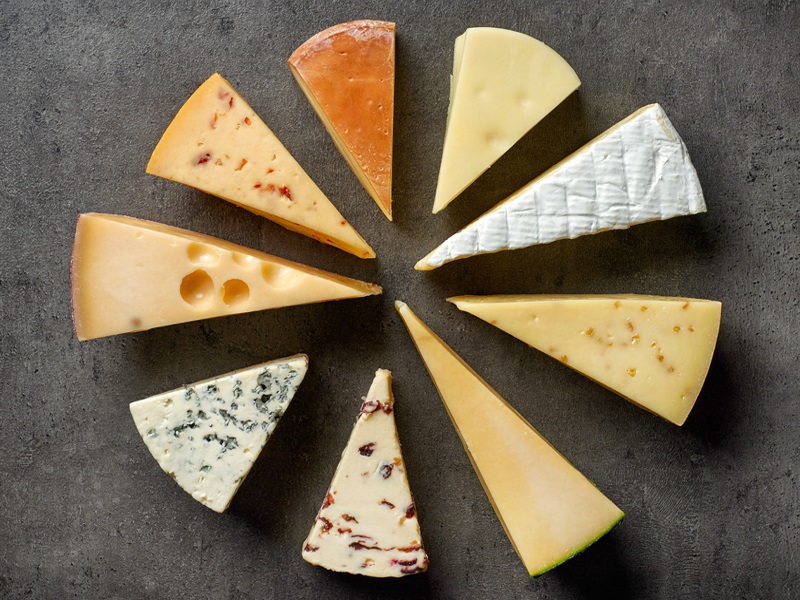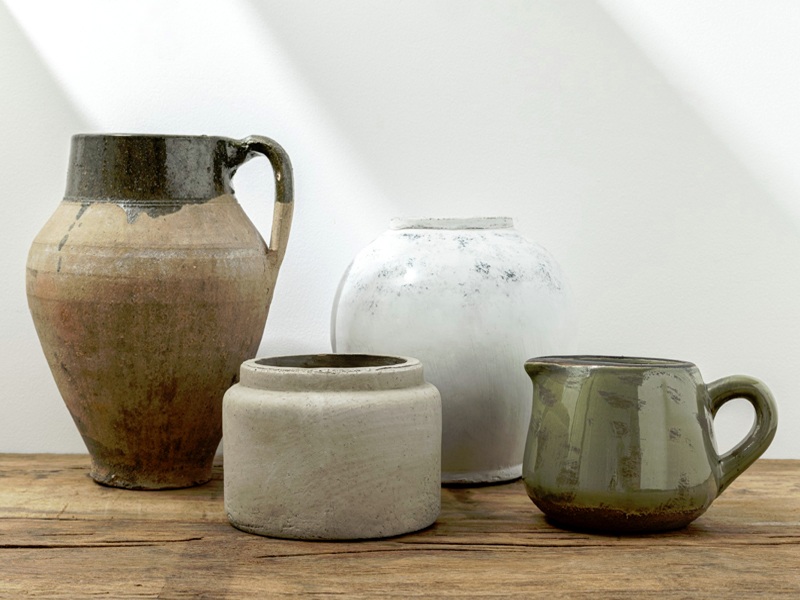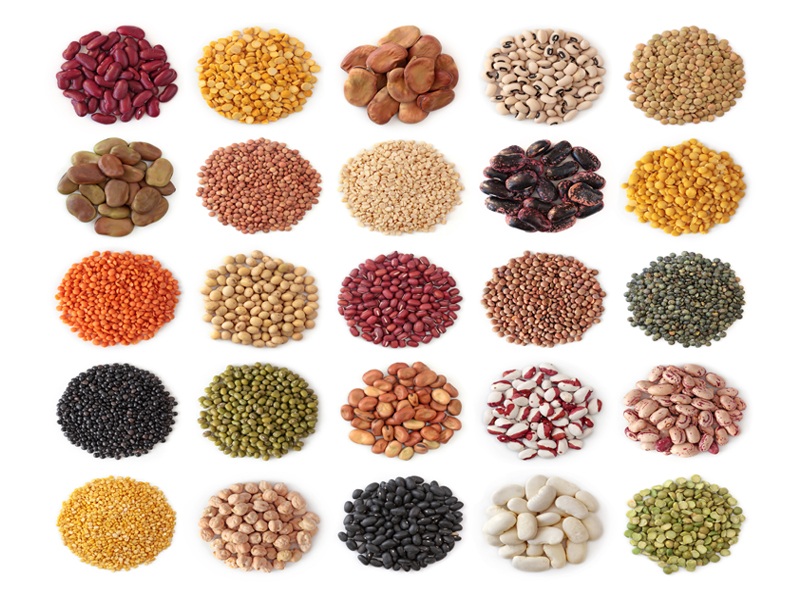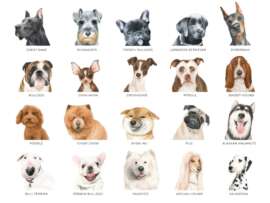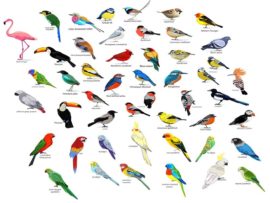For centuries, wine has been a popular beverage for its flair to enhance food flavors and make social gatherings more memorable. However, when it comes to picking a wine, the myriad varieties of wine bottles at stores or restaurants and parties can be overwhelming. Though there are thousands of grape varieties and even more kinds of wines made from them, understanding the general types of wines and their flavors can help you pick the best wine to go with that is suitable to your circumstances. So go ahead and enjoy reading this article!
What Is Wine? Its History?
In simple terms, wine is the fermented juice of wine grapes. But what is fascinating is its rich history and the journey it has been through centuries, which you can savor every time you take a sip.
According to Archaeologists, China first produced wine around 7000 BC, and they discovered the first winery in the caves of Armenia. Today France, Italy, and Spain are synonymous with winemaking and top the charts in making the best wine varieties.
Main Types of Wines & 16 Different Wine Varieties:
Understanding the different types of Wine is a good step into the world of wines. Identifying wine varieties isn’t just about differentiating between red or white wine, as there are hundreds of grape varieties and winemaking techniques. Every kind of wine variety has its own identity and character based on aroma, sweetness, alcohol, and tannin levels, which significantly affect different types of Wine and their taste and flavors. Simply put, there are 6 main categories of Wine: Red, White, Dessert, Rose, Sparkling, and Fortified.
A. Red Wine:
Black grapes are the key ingredient used to make Red Wine. During the fermentation of this Wine, the incorporation of grape skin, pip, seed, and stems occurs to give it its distinct red color. Fermentation takes place at high temperatures, and the concentration level varies on the duration of fermentation.
- Taste: Red Wine is high in tannins and has a bitter, dry taste.
- Beginners Picks: Merlot, Pinot Noir, Cabernet Sauvignon, Zinfandel, Beaujolais, and Chianti.
- Food Pairing: Red Wine tastes excellent with grilled vegetables, meat or chicken, hamburgers, steaks, pizzas, and pasta.
See More: Most Popular Whisky Varieties
1. Château Pape Clément 2016:
2016 Château Pape Clément is a red wine made from Cabernet Sauvignon grape variety. Cabernet Sauvignon is the world’s most widely planted grape variety, and most popular wine types are made from them. 2016 Château Pape Clément is a luxury wine that is hard to resist, and its winery has been in operation for over 700 years.
- Place of Origin: Bordeaux, France.
- Winery: Château Pape Clément.
- Grape Variety:Cabernet Sauvignon, Merlot, Cabernet Franc.
- Fermentation Process: Grapes are destemmed, crushed, and then a low-temperature pre-fermentation maceration is carried out. After fermenting for 03-40 days, it is poured into French oak barrels and aged for 18 months.
- Alcohol Percentage: 14 %
- Tasting Notes: Dark fruits, cherry, and fig, along with black truffles, forest floor, tobacco, mocha, and vanilla-tinged oak spices.
- Food Pairing: Mature cheese, roasted red meats, game meat, mushrooms.
2. Realm The Tempest 2017:
Realm The Tempest 2017 is one of the red wine types made from the Merlot grape variety. Merlot produces a softer and fleshier wine, and most of types of merlot wines have a reputation for being starter wines for first-time wine tasters. Realm The Tempest 2017 is one of the best red wine varieties that encapsulate the potential of Napa Valley wineries.
- Place of Origin: Napa Valley, California.
- Winery: Realm.
- Grape Variety: Merlot, Cabernet Sauvignon, Petit Verdot.
- Fermentation Process: Predominantly, Merlot, flanked by Cabernet Sauvignon and Petit Verdot ‘Realm the Tempest 2017’, is fermented to get the perfect storm of these grape varieties.
- Alcohol Percentage: 14.6 %
- Tasting Notes: Blueberry, Blackberry, Black Cherry, Touch of Violets, and Smoke.
- Food Pairing: Beef, lamb, veal, poultry.
3. Kosta Browne Sta. Rita Hills Pinot Noir:
Kosta Browne Sta. Rita Hills Pinot Noir is a bottle of red wine and, as the name suggests, made from the Pinot Noir grape variety. Pinot wine types are liked by many and find a place in every wine collector’s cabinet, cellar, or glass. Kosta Browne Sta. Rita Hills is a California-style Pinot Noir imbued with freshness, tremendous energy, and verve.
- Place of Origin: Sta. Rita Hills (Santa Barbara), California.
- Winery: Kosta Browne.
- Grape Variety: Pinot Noir.
- Fermentation Process: Clusters of Pinot Noir are soaked and fermented in stainless steel containers using native yeast. Once fermented, it is carefully extracted and aged in French oaks for 13 months resulting in flavorful, complex wines.
- Alcohol Percentage: 14.1 %
- Tasting Notes: Wild strawberry, Tangy Blackberry, Cranberry, Hints of Blood Orange.
- Food Pairing: Beef, veal, game meat (deer venison).
B. White Wine:
White, red, or black grapes are the key ingredients to making White Wine. But, unlike red wine, grape skins, pip, or seeds aren’t used during fermentation. Instead, winemakers extract the red pigments and use only grape juice for fermentation. As a result, white wine is acidic and has few tannins.
- Taste: Fresh, Savory, crisp, and creamy
- Beginners Picks: All types of Chardonnay, Pinot Grigio, Sauvignon Blanc, Moscato, and Riesling
- Food Pairing: White wine goes well with bread, cheese, fish, chips, tacos, curries, etc.
4. Benovia Chardonnay Russian River Valley 2018:
Benovia Chardonnay Russian River Valley 2018 is a type of white wine that is made from the Chardonnay grape variety. Chardonnays are the most popular white wine varieties available globally as they are easy to grow, delicious, and incredibly versatile. Benovia Chardonnay 2018 is a classic and beautiful wine that comes in a golden straw-colored bottle, and it is an excellent addition to celebrations and other blissful moments.
- Place of Origin: Russian River Valley, Sonoma, California, US.
- Winery: Benovia.
- Grape Variety: Chardonnay.
- Fermentation Process: The whole cluster is pressed and fermented in barrels, and then the wine is aged in oaks for 16 months.
- Alcohol Percentage: 14.1%
- Tasting Notes: Oak, Lemon, Poached Pear, Vanilla, Sun-ripened golden delicious apple, Dried Apricot, White peach, and Toasted almond.
- Food Pairing: Poultry, pork, salmon, tuna, vegetarian stir-fries.
5. Lieu Dit Sauvignon Blanc 2017:
Lieu Dit Sauvignon Blanc 2017 is a white wine made from the Sauvignon Blanc grape variety. Sauvignon Blanc wines are mostly dry with vibrant wild herbs, citrus, and tropical fruit notes and are favored types of cooking wine. Lieu Dit Sauvignon Blanc 2017 is a genuinely brilliant wine made in the California vineyards, reminding us of the French ethics of achieving wine perfection.
- Place of Origin: California, Santa Barbara.
- Winery: Lieu Dit.
- Grape Variety: Sauvignon Blanc.
- Fermentation Process: A combination of tank and barrel fermentation occurs.
- Alcohol Percentage: 12.6%
- Tasting Notes: Lime zest, Lemon, Kiwi, Ripe yellow peach, Elderflower.
- Food Pairing: Goat cheese, shellfish, and vegetarian dishes.
6. Four Graces Pinot Gris 2018:
Four Graces Pinot Gris 2018 is a white wine made from the Pinot Gris grape variety. It is one of the best Pinot Gris dry wine type bottles, which is crisp and has good acidity.
- Place of Origin: Oregon, Willamette Valley, US.
- Winery: The Four Graces.
- Grape Variety: Pinot Gris.
- Fermentation Process: Pinot Gris grapes are fermented and aged in stainless steel containers before bottling.
- Alcohol Percentage: 13.5%
- Tasting Notes: Fruity and rich with Pineapple, Peach, Pear, Apple, Grapefruit, and Honey notes.
- Food Pairing: Spicy food, mushrooms, cured meat, and pork.
C. Dessert Wine:
Dessert wines are naturally sweet and have high alcohol content. For fermentation, winemakers prefer grape varieties high in sugar and pick late harvest grapes for increased sweetness. They go well with desserts after a meal.
- Taste: As its name suggests, it is sweet to taste.
- Beginners Picks: Sherry, Moscato, Icewine, Port, etc.
- Food Pairing: These wines taste best with desserts like cake, chocolate, vanilla pudding, smoked meat, and soft cheeses.
7. Dr. Loosen Riesling:
Dr. Loosen Riesling is an ice wine made from the Riesling grape variety. Ice wines are dessert/sweet wine types with high sugar levels. Dr LoosenRiesling is one of the best types of Riesling wine. With being light and gentle yet complex on the palate. It is the best type of wine to pop open on special occasions or celebrations.
- Place of Origin: Mosel, Germany.
- Winery: Dr. Loosen.
- Grape Variety: Riesling.
- Fermentation Process: Grapes are hand-harvested and then fermented in stainless steel tanks under controlled temperatures. Then they halt the fermentation cold to leave a little residue of sugar in the wine.
- Alcohol Percentage: 8.5%.
- Tasting Notes: Fruity, Sweet, Refreshing.
- Food Pairing: Aperitif, spicy fish, poultry, cured meat, smoked BBQs.
8. G.D. Vajra Moscato d’Asti:
G.D. Vajra Moscato d’Asti is a frothy and fruity dessert wine made from Moscato Bianco grapes. The winery where it comes from has a longstanding history of responsible farming practices. As a result, it comes in a well-crafted bottle and is a common type of wine with aperitif and desserts.
- Place of Origin: Piedmonte, Italy.
- Winery: G.D. Vajra.
- Grape Variety:Moscato Bianco.
- Fermentation Process: Grapes are harvested and later fermented in stainless steel tanks under controlled temperatures. Once harvested, Moscato d’Asti is left to age for a few months.
- Alcohol Percentage: 5.5%
- Tasting Notes: Lychee, Floral, Pear, Honeysuckle.
- Food Pairing: Aperitif, fruity desserts.
9. Vietti Moscato d’Asti:
Vietti Moscato d’Asti is a type of sweet/fruit wine made from organically farmed Moscato Bianco grape variety. It checks all the boxes of a sweet wine with its pleasant sweetness balanced by high amounts of natural acidity. It is hard at the end of a meal either as a dessert or paired with dessert.
- Place of Origin: Piedmont, Italy.
- Winery: Vietti.
- Grape Variety:Moscato Bianco.
- Fermentation Process: Grapes are harvested, crushed, pressed, and naturally clarified. Later, fermentation occurs in stainless steel pressured tanks to preserve the natural CO2. Finally, the winemakers stop the fermentation at a 5% alcohol level, and the wine is stored at low temperatures to maintain natural freshness and fruitiness.
- Alcohol Percentage: 5%
- Tasting Notes: Canned peaches, Candied ginger, Honeysuckle.
- Food Pairing: Aperitif, sugary brunch dishes, blue cheese,fruit-based desserts, cream desserts, and pastries.
D. Rose Wine:
Rose wine has a beautiful pink color due to fermenting black grapes with the skins quickly. It has low tannin levels and is an excellent choice for a wine beginner with a light sweet flavor.
- Taste: They have a dry to light sweet flavor
- Beginners Picks: Sonoma-Cutrer Rose of Pinot Noir, Miraval Provence Rose, Chateau D’Esclans Whispering Angle Cotes De Provense Rose, Wolffer Estate Rose, Chateau Miraval Cotes De Provence Rose.
- Food Pairing: Rose wines taste best with light dishes like fresh fruits, Chips, salsa, seafood, and cheese.
10. Triennes Rosé:
Triennes Rosé is one of the most delicious types of rose wine made from Chenin Blanc and Cinsault grape varieties. It is loaded with flavors and is the perfect accompaniment on any sunny afternoon.
- Place of Origin: Var, Méditerranée, Vin de pays, France.
- Winery: Triennes.
- Grape Variety:Chenin Blanc, Cinsault.
- Fermentation Process: To keep the temperature of the grapes cool, they are harvested during the night, pressed with the skin intact, and then fermented at low temperatures.
- Alcohol Percentage: 13%
- Tasting Notes: White flowers, Strawberries, Orange zest, Red currants, Vanilla
- Food Pairing: Shellfish, vegetarian dishes, poultry, pork
See More: Different Beer Varieties and Brands
11. Billecart-Salmon Brut Rosé:
Billecart-Salmon Brut Rosé is a rose wine produced from Chardonnay, Pinot noir, and Pinot Meunier grape varieties. The French wine type of expensive wine is ideal for elevating date nights.
- Place of Origin: Champagne, France.
- Winery: Billecart-Salmon.
- Grape Variety: Chardonnay, Pinot noir, Pinot Meunier.
- Fermentation Process: First, they harvest the grapes by hand and press out the juice, which goes through the fermentation process for an extended period of 3-4 weeks to help retain the freshness and aroma.
- Alcohol Percentage: 12%
- Tasting Notes: Raspberries, Citrus, Brioche.
- Food Pairing: Fresh fruit bowls, strawberries and cream, mild and soft cheese, sushi, salmon, and tuna.
E. Sparkling Wine:
Black or white grapes are the key ingredients used to make Sparkling Wine. These are carbonated wines often used in celebrations. The sparkling bubbles occur due to carbon dioxide, a natural byproduct of fermentation.
- Taste: Fruity, Citrus, apple, vanilla, nutty, toasty, creamy
- Beginners Picks: Champagne, Prosecco, Asti, Cava
- Food Pairing: Sparkling wines taste best with soft cheeses, fresh fruit, bread, and seafood.
12. Krug Grande Cuvée Brut:
Krug Grande Cuvée Brut is the holy grail among all types of champagnes as it captures the true essence of amazing champagne. It is vivid, crisp, and has poise, polish, and refinement in every sip. Champagnes are the most popular types of sparkling wine around the world.
- Place of Origin: Champagne, France.
- Winery: Krug.
- Grape Variety: Pinot Noir, Chardonnay, Pinot Meunier.
- Fermentation Process: This wine is vinified in wooden casks and undergoes malolactic fermentation.
- Alcohol Percentage: 12.5%.
- Tasting Notes: Apple pastry, Baking spices, and Chalky minerality.
- Food Pairing: Mild and soft cheese, roasted cauliflower, fish.
13. Bisol Crede Valdobbiadene Prosecco Superiore Brut:
Bisol Crede Valdobbiadene Prosecco Superiore Brut is the prosecco variety of sparkling wines and comes from one of the region’s top growing types of Italian wineries, Bisol. Compared to champagne, prosecco is less expensive and less famous but beautiful, deliciously dry, and crisp with plenty of character and is one of the best types of table wine.
- Place of Origin: Conegliano Valdobbiadene, Veneto, Italy.
- Winery: Bisol.
- Grape Variety:Glera, Pinot Bianco, Verdiso.
- Fermentation Process: After gently pressing the harvested grapes, the initial fermentation occurs in stainless steel tanks and is later transferred to steel autoclaves for the second fermentation.
- Alcohol Percentage: 12.5%.
- Tasting Notes: Green apple, pear skin, Melon, Cream, Citrus.
- Food Pairing: Appetizers and Snacks, vegetarian dishes, cured meat, caviar, and desserts.
14. Laherte Fréres ‘Ultraedition’ Brut Champagne:
Laherte Fréres ‘Ultraedition’ Brut Champagne is a delicious full-bodied French wine types of champagne. It is a luxury blend of Chardonnay, Pinot noir, and Pinot Munier grapes.
- Place of Origin: Champagne, France.
- Winery: Laherte Fréres.
- Grape Variety: Chardonnay, Pinot Noir, Pinot Meunier.
- Fermentation Process: Alcoholic fermentation occurs mainly in barrels, foudres, and tanks. It partly undergoes Malolactic fermentation.
- Alcohol Percentage: 12.5%.
- Tasting Notes: Citrus, Baked apple, Stone fruits, Brioche, White flowers.
- Food Pairing: Vanilla and caramel flavored desserts, mild and soft cheese, dim sum, fried chicken, salmon, tuna, and shellfish.
F. Fortified Wine:
The fortified wines are unique because they are still wines fortified with a distilled spirit like brandy. It helps preserve wine for a long duration of time. The spirit added boasts the alcohol content of the base wine and even alters its flavor. Depending on the varying times the distilled spirit is added during the fermentation process, the flavor outcome of the fortified wine changes.
- Taste: Either sweet or dry and fruity.
- Beginners Picks: Marsala, all types of Port wine, Sherry, Madeira, Vermouth
- Food Pairing: Fortified wines taste best with chocolate desserts, cream-based desserts, cheese, nuts, fruit tarts, etc.
15. Del Duque Amontillado VORS N.V.:
Del Duque Amontillado VORS N.V. is a type of fortified wine called ‘Sherry’ made from the Palomino grape variety. Sherry is produced in the Marco de Jerez in Spain, otherwise known as the Sherry Triangle. Only the Spanish wine types from this region are called ‘sherry’ wines. Del Duque Amontillado VORS N.V. is dry, elegant, and powerful on the palate, and due to its 30-year barrel maturity, it carries the rare quality seal (Vinum Optimum Rare Signatum).
- Place of Origin: Jerez-Xérès-Sherry, Andalucía, Spain.
- Winery: Gonzalez-Byass.
- Grape Variety:Palomino
- Fermentation Process: Hand-harvested Palomino grapes are gently pressed and fermented dry in stainless steel tanks. Once fermented, this sherry is left to age in barrels for a total of 30 years.
- Alcohol Percentage: 21.5%
- Tasting Notes: Toasted almonds, Hazelnuts, Walnuts, Salted caramel, Dried apricots, Honeydew melon, Oakwood.
- Food Pairing: Appetizers and snacks, mature and hard cheese, aperitif.
16. Terrantez 20 Years Old Madeira N.V.:
Terrantez 20 Years Old Madeira N.V. is a Madeira wine made from the terranes grape variety. It is a medium-dry Madeira with intense and complex flavors. It has vivid acidity balanced by elegant sweetness, leaving an everlasting finish.
- Place of Origin: Terras Madeirenses, Portugal.
- Winery: Henriques & Henriques.
- Grape Variety:Terrantez.
- Fermentation Process: Grapes are harvested and fermented in Lagares with native yeasts.
- Alcohol Percentage: 20%
- Tasting Notes: Honey seedcake, Chestnut, Tobacco leaf.
- Food Pairing: Roasted nuts, mushrooms, cheeses, aged ham, salmon, game meat, and desserts.
See More: Types Of Cereal Grains
Interesting Facts About Wine:
Grapes are the most widely grown fruit variety in the world.
- There are 10,000 varieties of grapes grown worldwide to make wine.
- Aroma’ and ‘Mellow’ are the terms used to describe the fragrance of young wine and old wine, respectively.
- There are 400 different species of oak wood used as wine barrels.
- The top five wine-producing countries globally are France, Spain, Italy, the US, and China.
- The wine was stored in goatskin bags until an English man Sir Kenelm Digby (1603-1665), invented dark green bottles.
- Wine is swirled in the glass before drinking to release its aroma.
- The right way to hold a wine glass is by the stem, so there is no transfer of the body temperature, altering the wine temperature.
- When had in moderation, red wine is said to have positive health benefits
- The oldest bottle of wine, which dates to 325AD, is on display in Germany at the historical museum of the Palatinate, Speyer.
- Oenophobia’ is the name given for the phobia of wine.
So the next time when you are planning on buying a wine bottle or going for a wine tasting, you know how to identify different types of wines. Hey! Have you tried any of the above wines? How was your experience, do let us know!
FAQ’s
1. What causes Wines To have Different Aromas And Flavors?
The wine’s aroma and flavors come from chemical compounds scientifically known as ‘stereoisomers.’ When the magic of fermentation occurs, these chemical compounds, which share similar aromas and flavors of other fruits and foods, are released.
2. How Long Can The Wine Bottles Be Stored?
Less expensive wines should be drunk as soon as possible, whereas the expensive ones from a good pedigree can age in the bottles for a few years. Common types of wine that are generally suitable to store for a long duration are those made from Cabernet Sauvignon and Nebbiolo. However, most of the wines have a timeline, and the winemakers suggest the buyers drink them up within 1 – 2 years.
3. How To Store Wine Bottles?
Wine bottles keep well in dark and dry places, preserving their taste. Those who can afford it can buy a wine cabinet and lay the wines in it until ready to open. When storing, wine bottles should be laid on their side and not disturbed.
4. At What Temperature Can I Drink Wine?
Ideally, there are guidelines for wine serving. You have to serve different kinds of wines at different temperatures. For example, red wine tastes best when served at slightly cooler than room temperature. On the other hand, white wine tastes great when served cold and Sparkling, and Rose’s wine is best when served lightly chilled.
5. What Are Tannins In Wine?
Tannins are simply the phenolic compounds present in wine that make your mouth feel dry. They come from the stems, skins, and seeds in grapes, and some tannins also come from wood where grapes are aged. But grape tannins are harsher than wood tannins. Therefore, red wines are more tannic compared to white wines.
Disclaimer: All the information given in this article is purely for educational and informational purposes only, and it has neither a legal nor a professional source on the subject.


